[HEX]POD
by eBender
⚠️ This project is in development.
Iterative design process.
The [HEX]POD is a portable, multi-purpose, intelligent, environmental, multi-sensor development platform with focus on being a 'Digital Nose' with relatively cheap components, using Sensor fusion and Neural Networks to discern different chemicals and smells in the air.
Goal:
Technology has advanced significantly, with sensors being ubiquitous in our devices and gathering a wealth of data. One thing we had to learn from Covid, there is a critical aspect of our quality of life that remains relatively neglected in the public sector:
The air we breathe.
The goal is to empower people by raising awareness about airborne hazards, from aiding those with chronic respiratory conditions to detecting spoiled milk. While the concept of a 'Digital Nose' has been explored before, [HEX]POD is positioned as a user-friendly solution that seamlessly integrates cutting-edge technology into a compact and portable platform.
DevKit version
I scaled down the original plan to the essential features to be able to move ahead faster with development. I call it the DevKit. For now, the DevKit version houses 4 Air quality sensors, 2 screens, a battery, a blower fan and 16 I/O pins to hook up other modules and things and much more. It is a versatile platform to play with Sensor Fusion, ML, NN and any other externally connected modules.
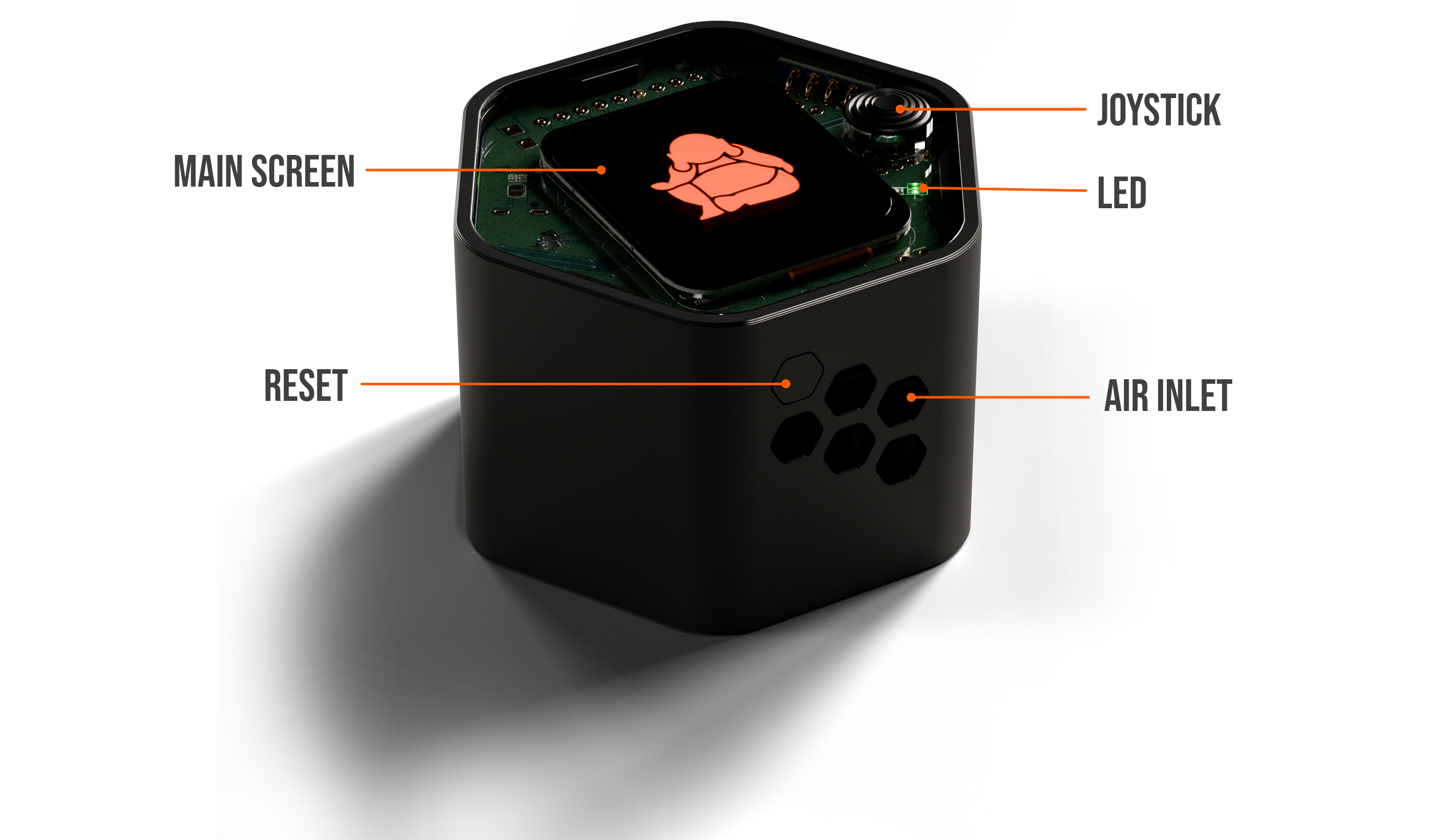
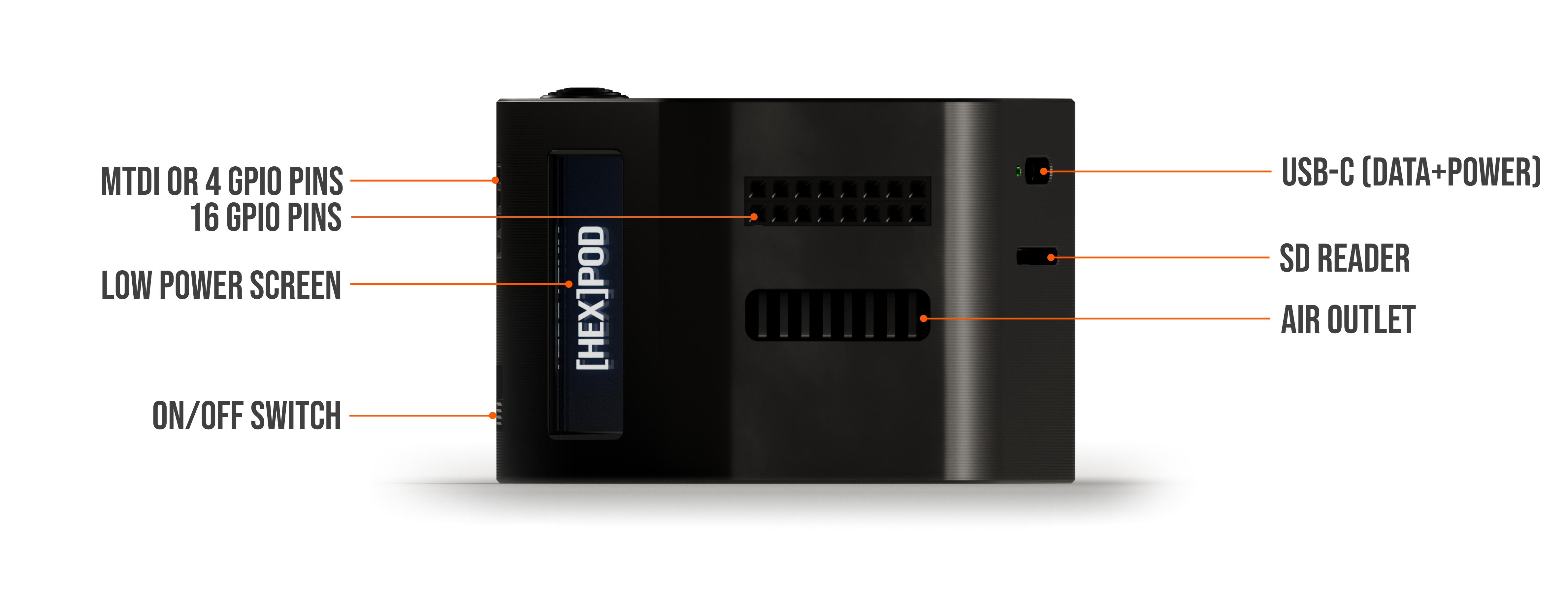
Dev Kit version [wip]
| DETAILS | Function | Module |
|---|---|---|
| SENSORS | Air Quality Smells & Gases Light Meter Motion Sensor Temp Sensors |
SCD41, SGP41 (CO2, VOC, NOx) BME688 (x2) (Gas, T, H, P + AI Gases) LTR-308 (Ambient Light) LIS3DH (x2) (MPU, 6-axis) DS18B20 (x5) |
| POWER | 15W Charging Battery Life: tba |
2000mAh, 7.4Wh (103450 Battery) tba |
| SCREENS |
TFT IPS 1.69" OLED 0.91" |
Main 240x280px Low power always-on |
| IO |
4-way Joystick and 2 Buttons
SD Card Reader 16 I/O Pins Web Interface |
8 from Multiplexer, 8 from ESP32-S3 working on custom, versatile local server |
| Misc |
5V Blower Fan Quiet Air Duct |
1,5CFM, -25dbA, 8500RMP
Eval. work in progress |
Current Sensors
- BME688: Wide range of trained gases, Temperature, Humidity, Pressure
- SCD41: CO2 (Carbon Dioxide), Temperature, Humidity
- SGP41: VOC (Volatile Organic Compounds), NOx (Nitrous Oxides)
Potential future sensors and detections
- PASCO2: CO2
- ENS161: Various AQIs
- Smart NanoTubes: (cutting edge sensor)
- Carbon Monoxide (CO)
- Oxygen (O2)
- Ozone (O3)
- VSCs (Volatile Sulfuric Compounds)
- Ethanol, Benzine, Alcohol
- Formaldehyde (CH2O)
- Ammonia (NH3)
- UV
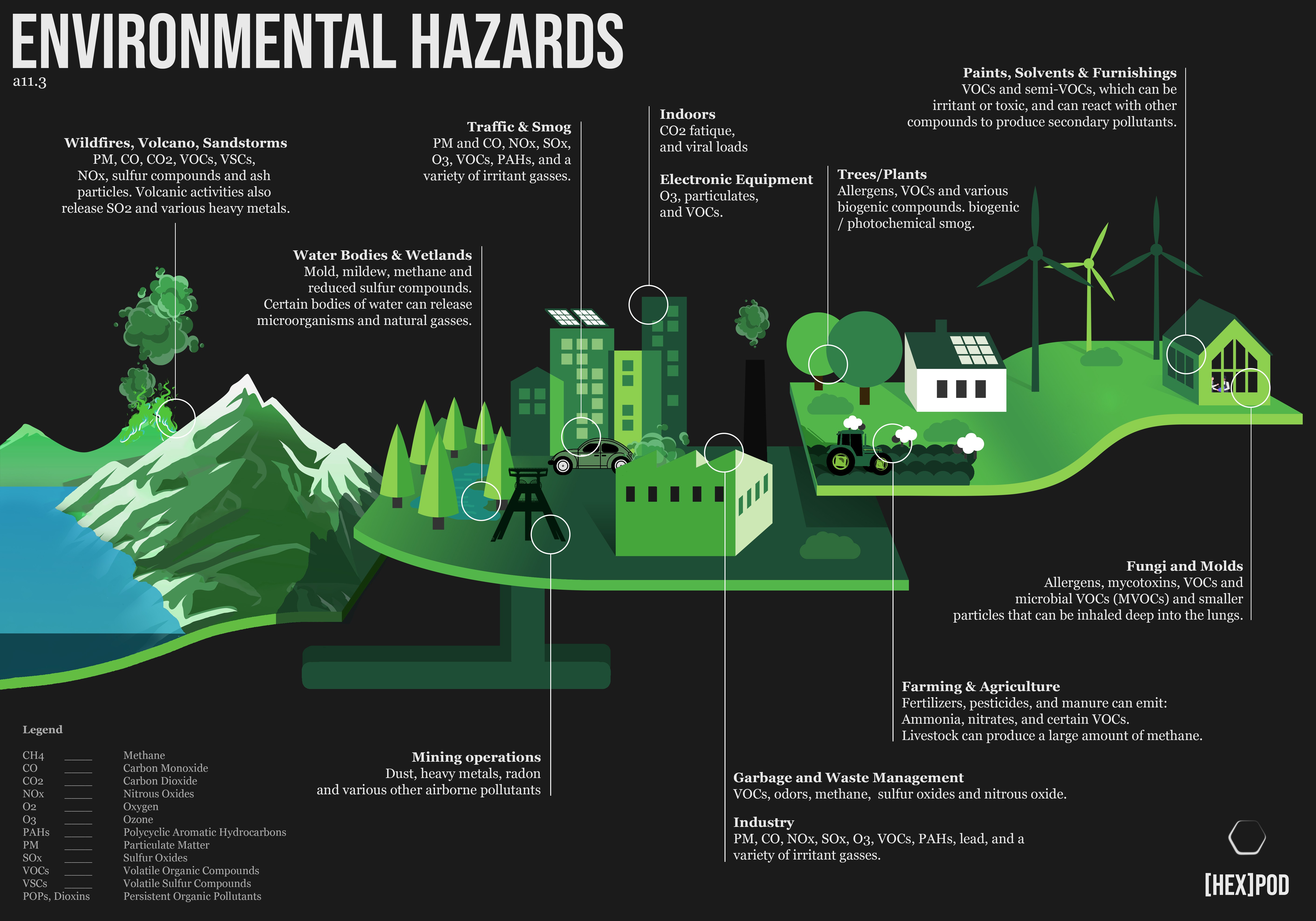
Local Web Interface [wip]
AIR Page![]()
Where it came from
In 2019 i went to India where i travelled on Foot, Train and ultimately Motorbike from Kolkata to Kerala back up to Dharamshala and everywhere in between. So across the whole country twice.
Around March 2020 I was spending my time with friends in Rishikesh, one of whom slowly got really sick, right when COVID really started in India...
Read more » eBender
eBender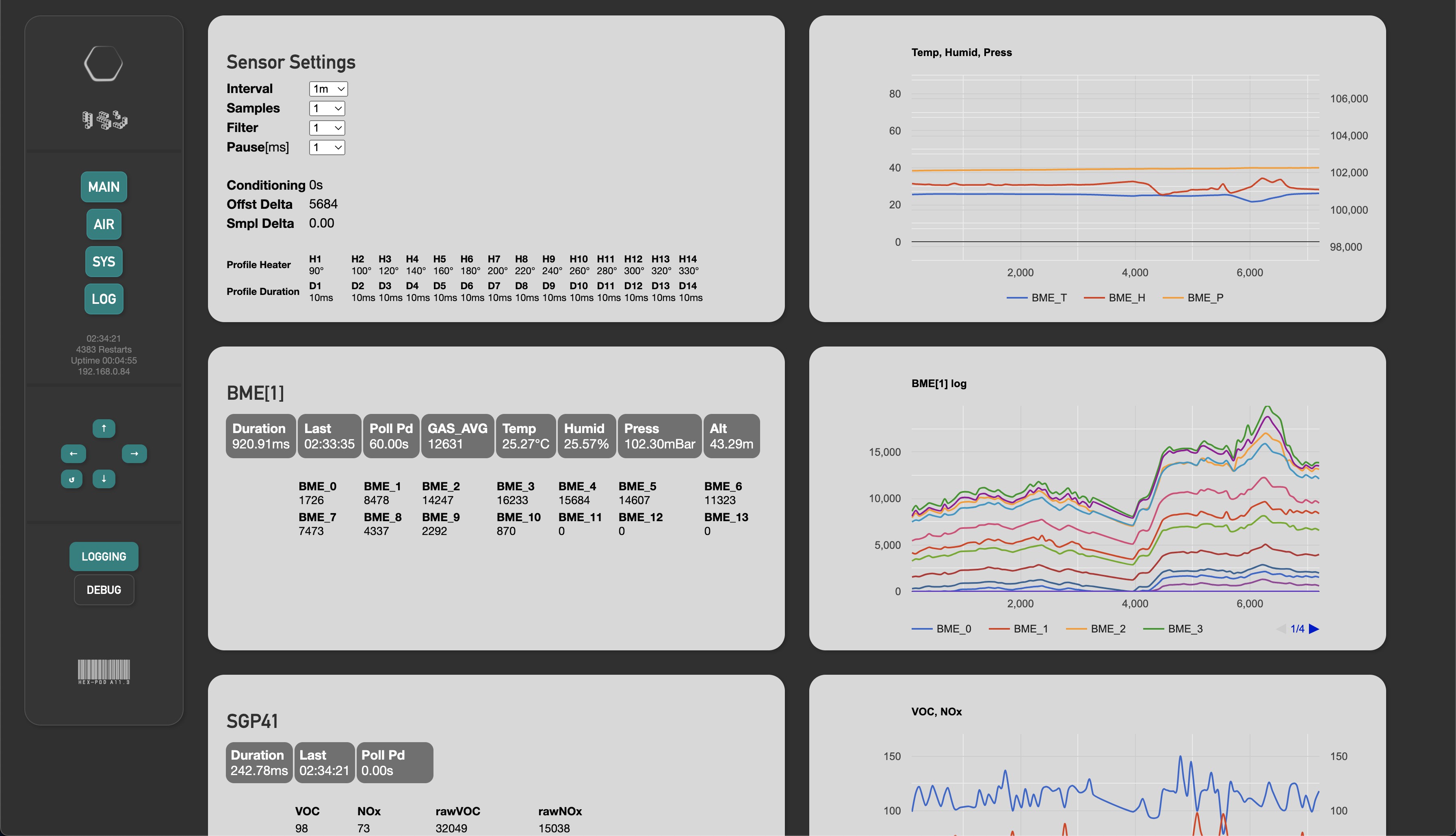
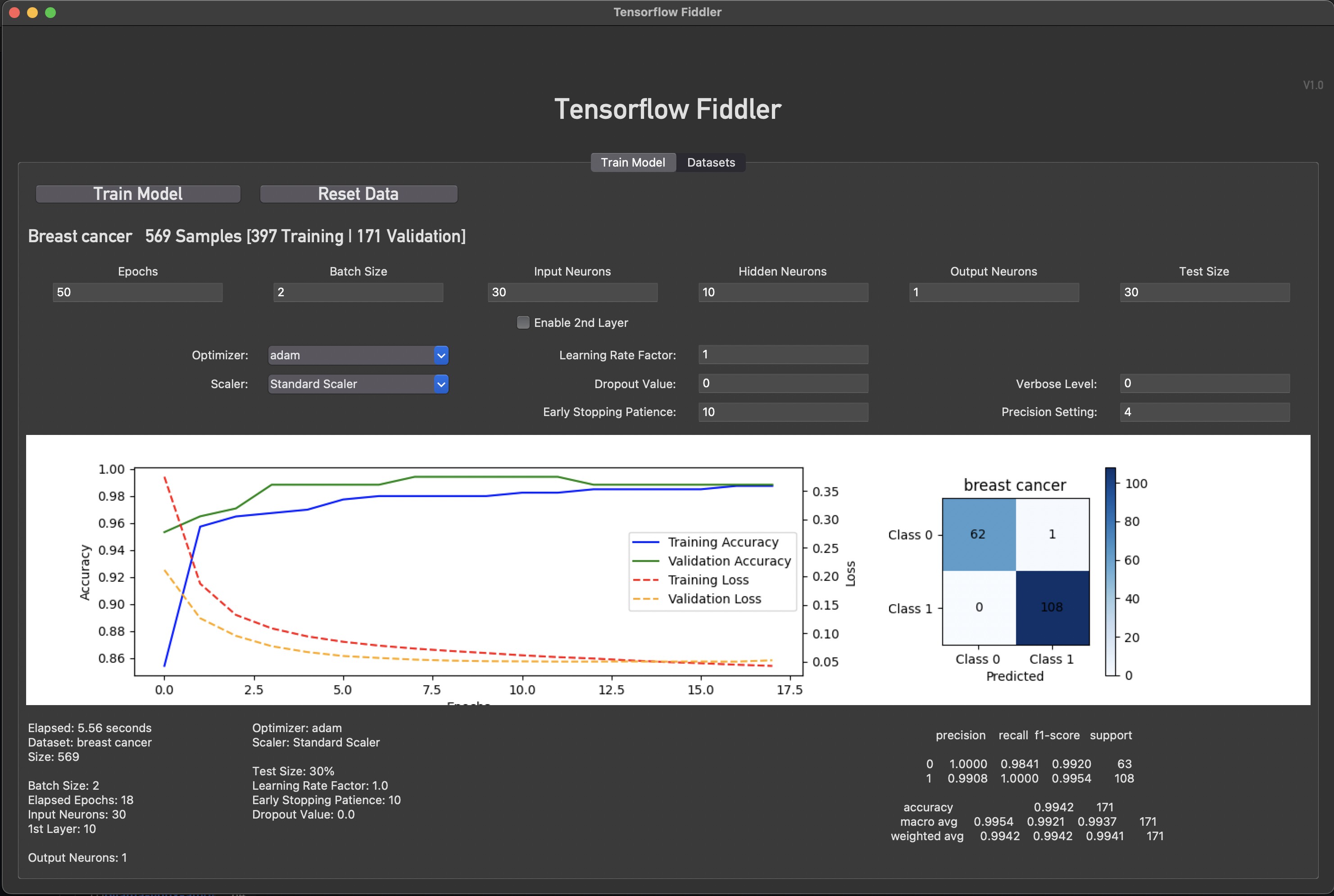 This is the first app that i programmed ever. In a language that i have never written in before (python).
This is the first app that i programmed ever. In a language that i have never written in before (python). 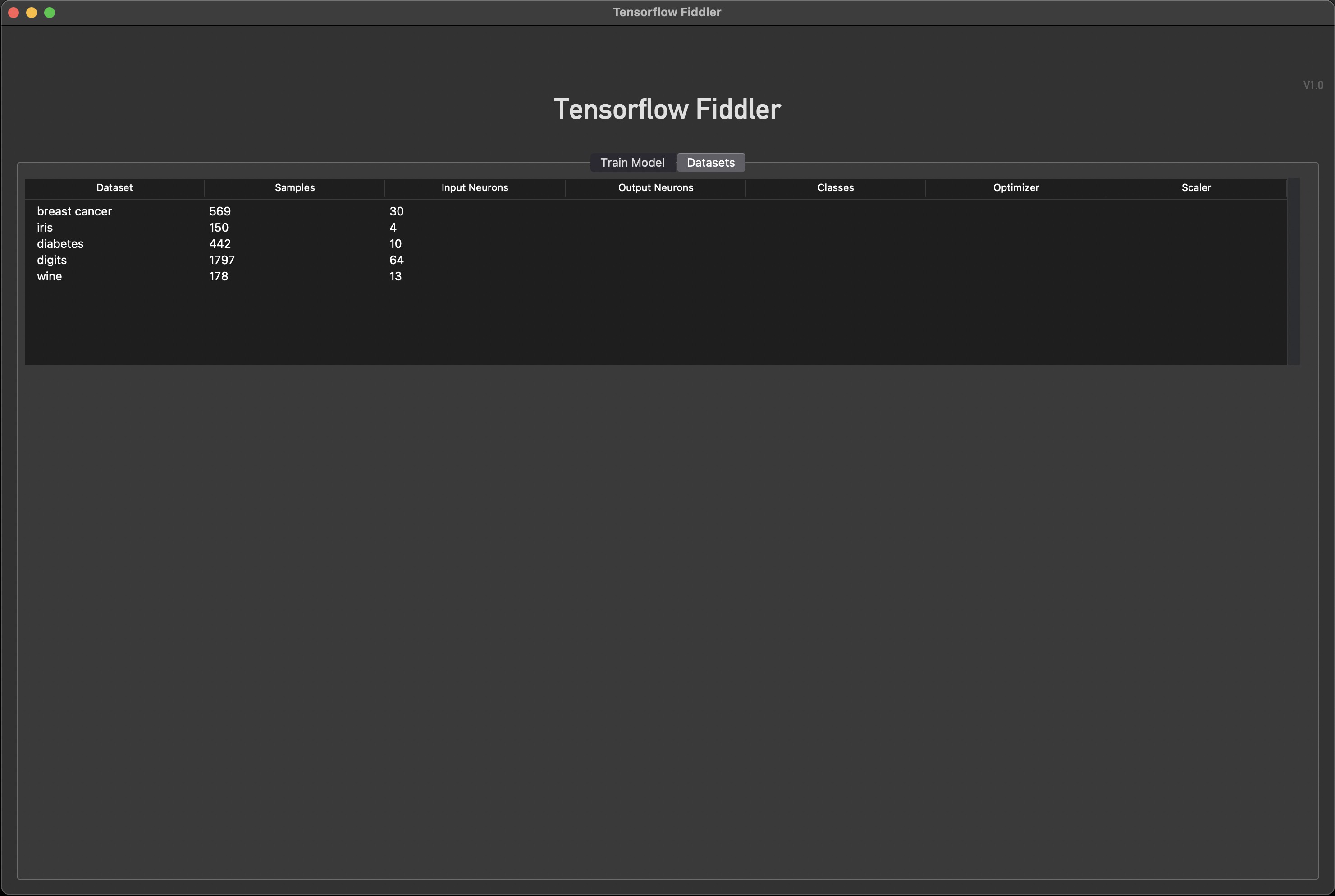
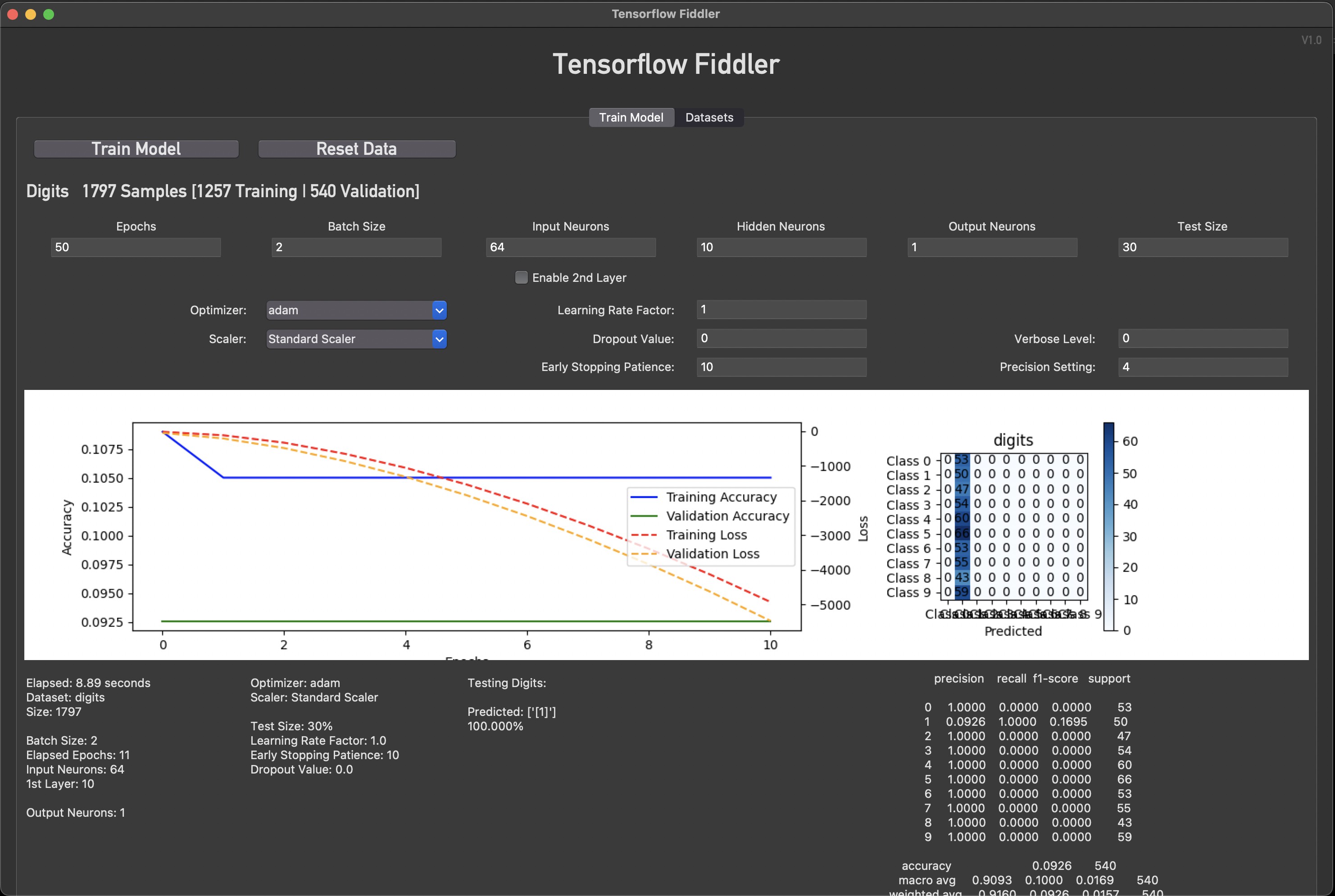
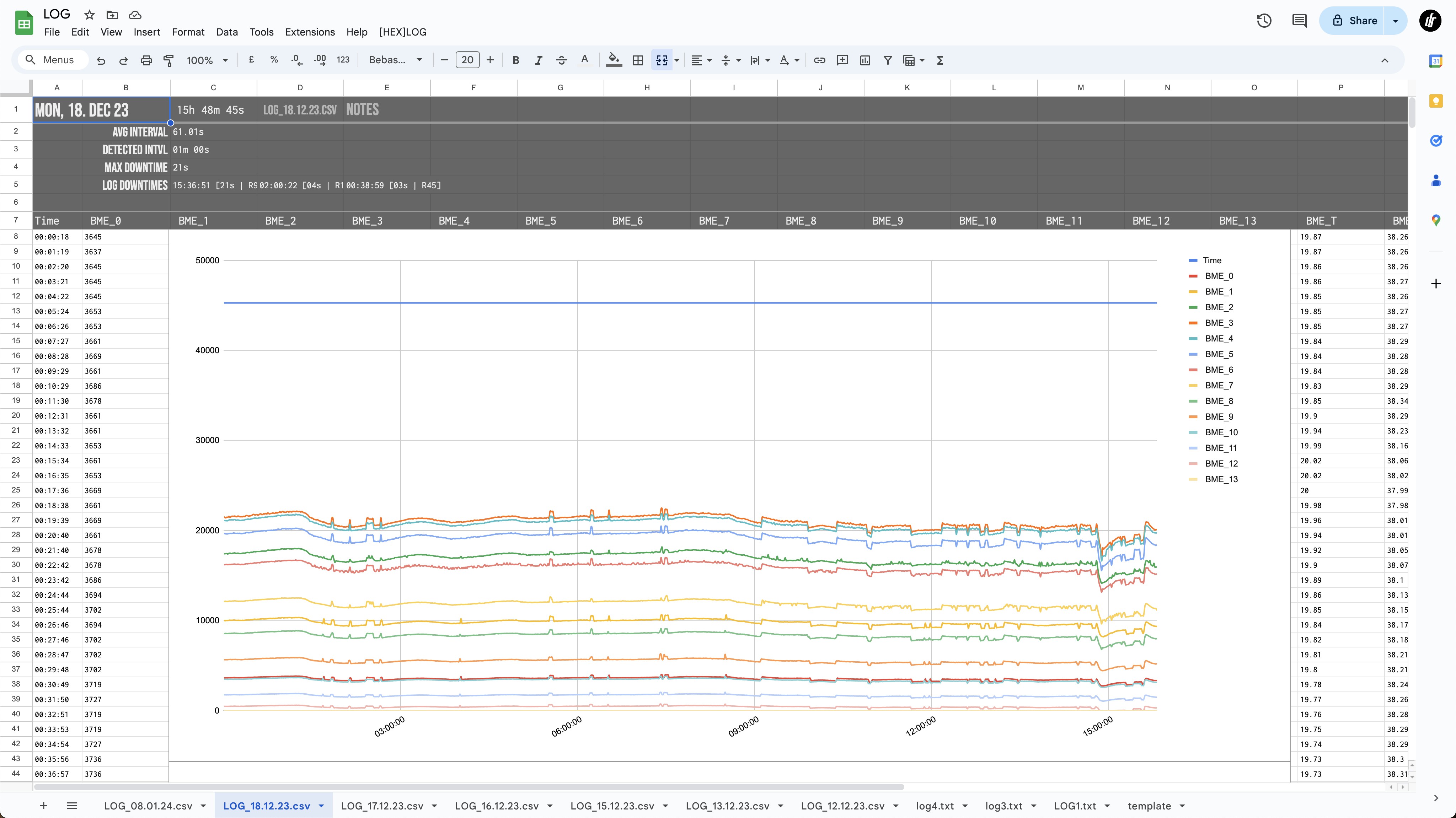
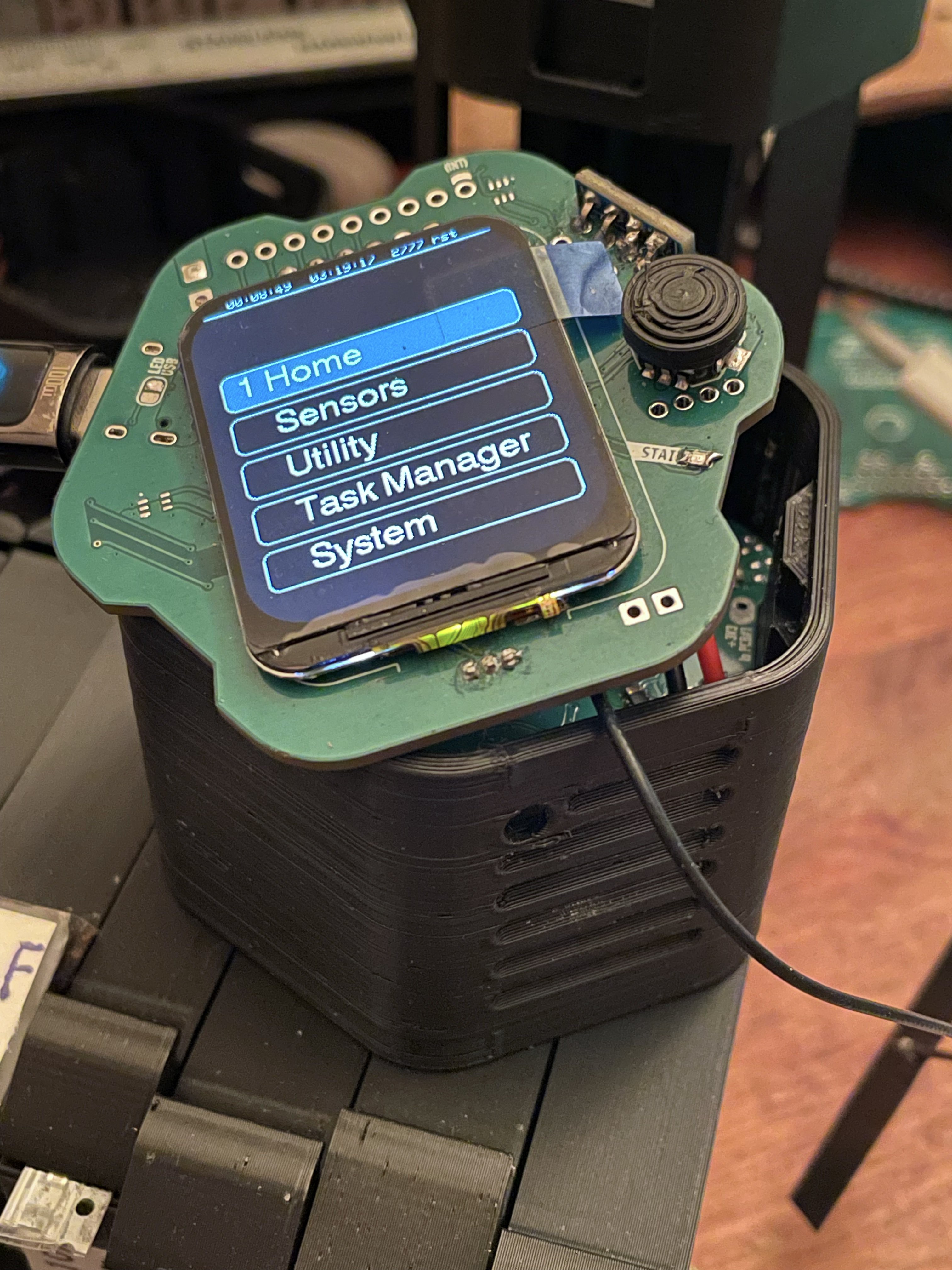
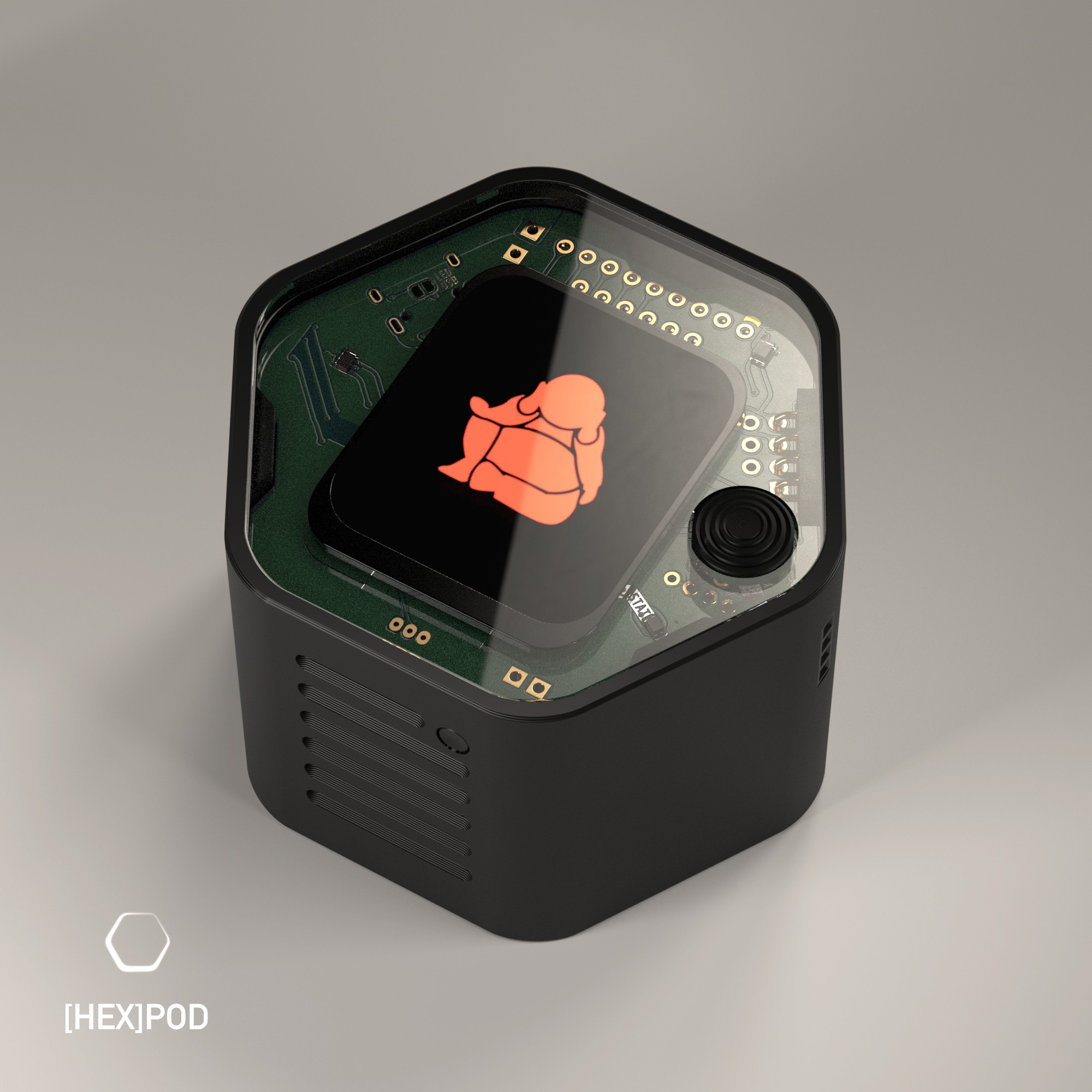
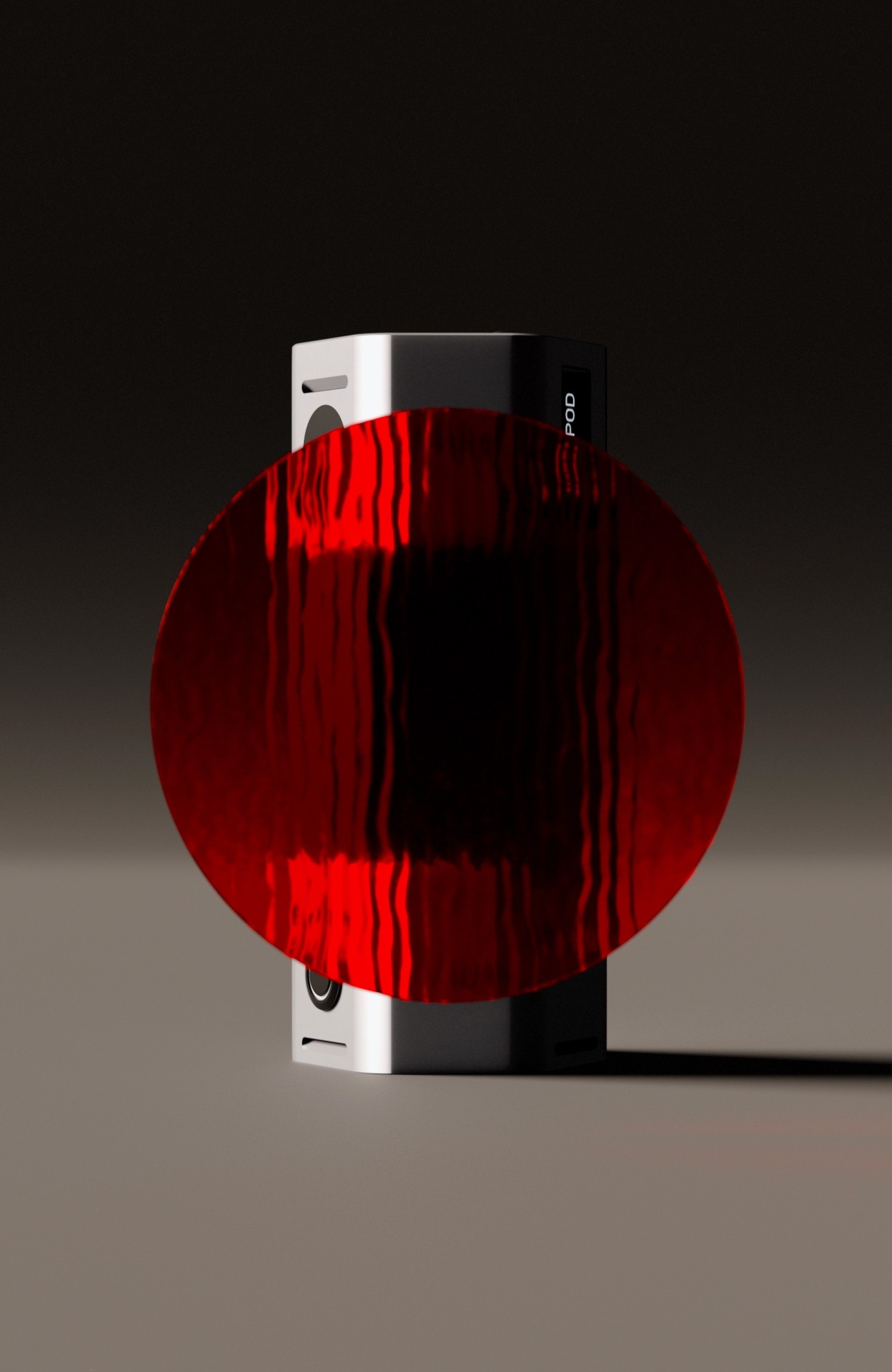
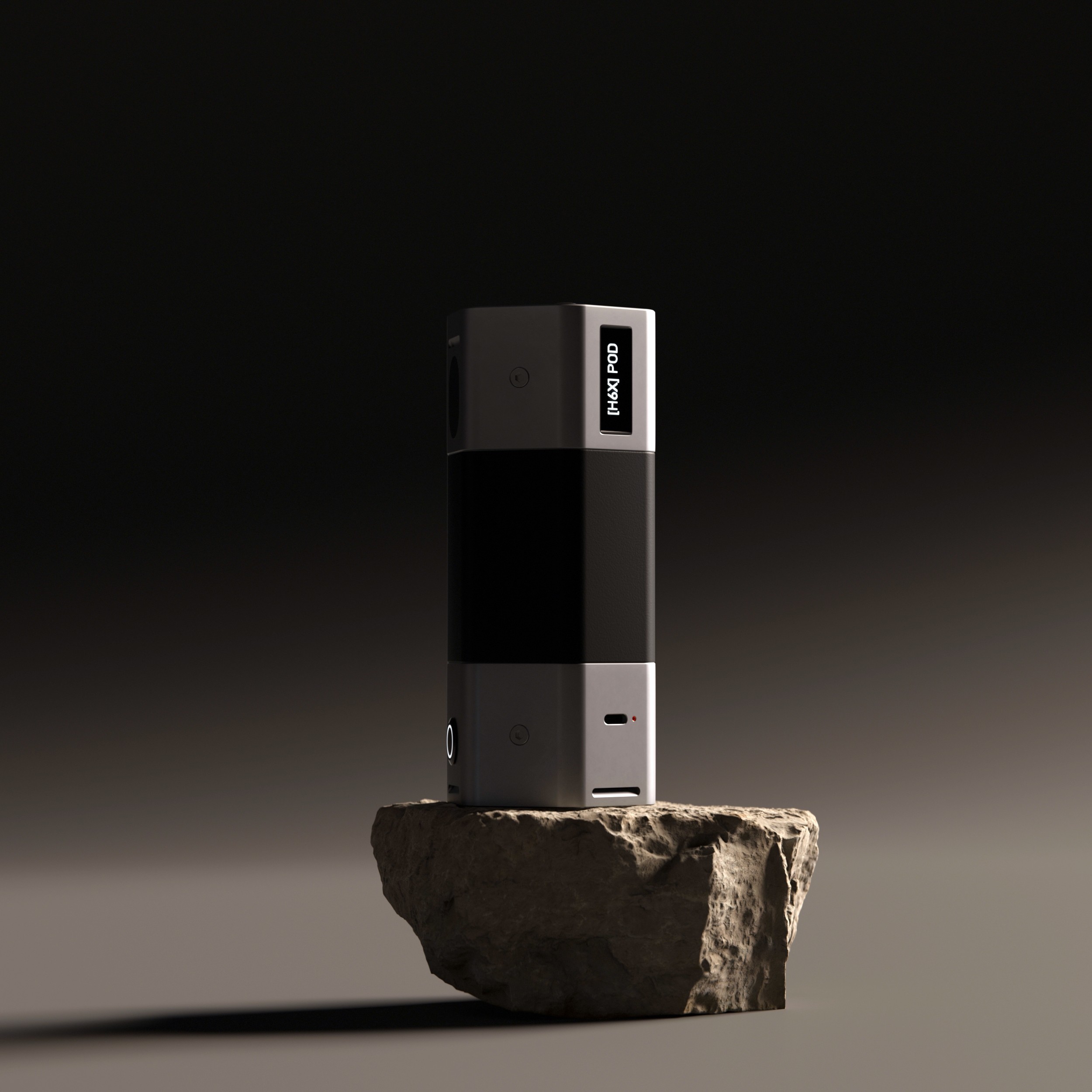
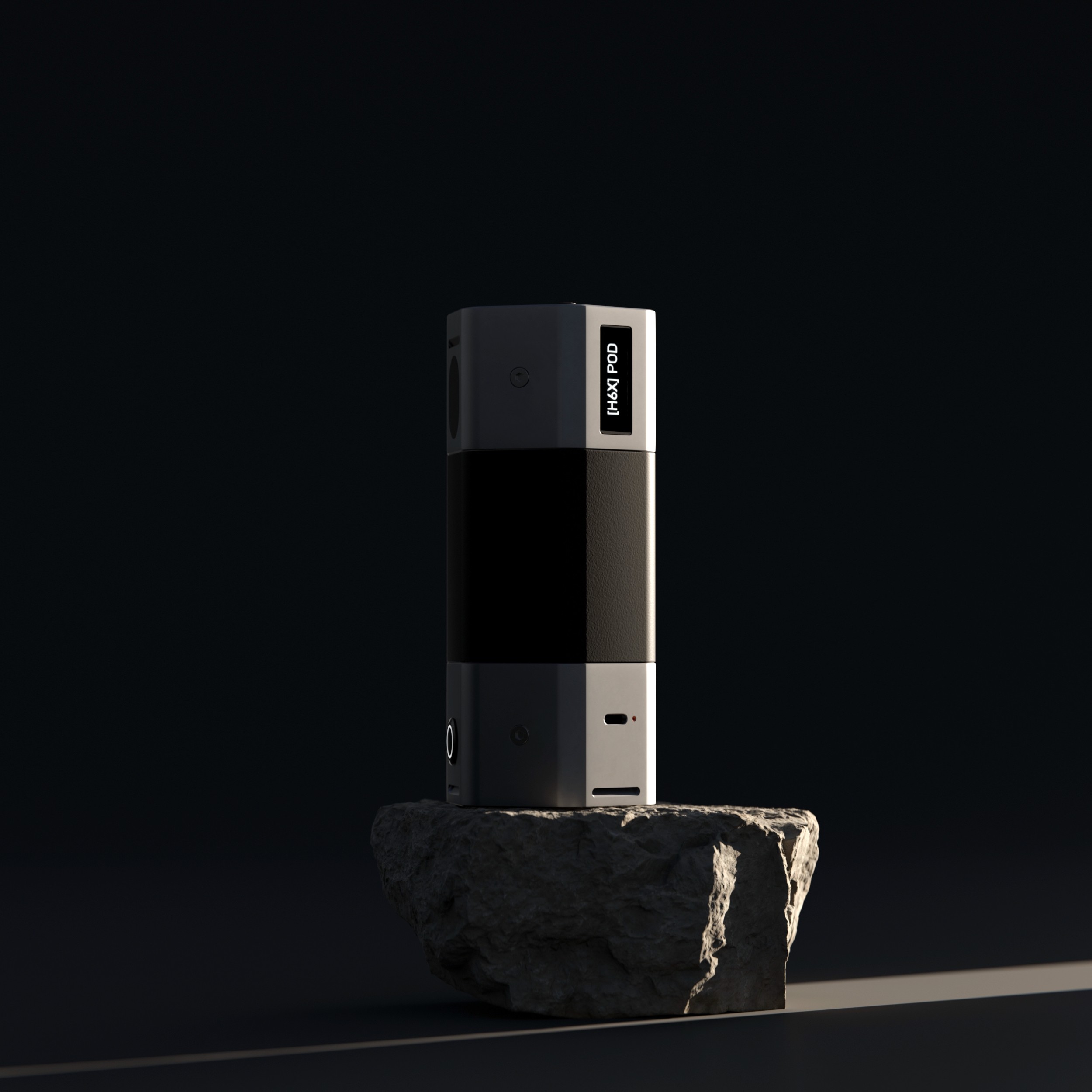
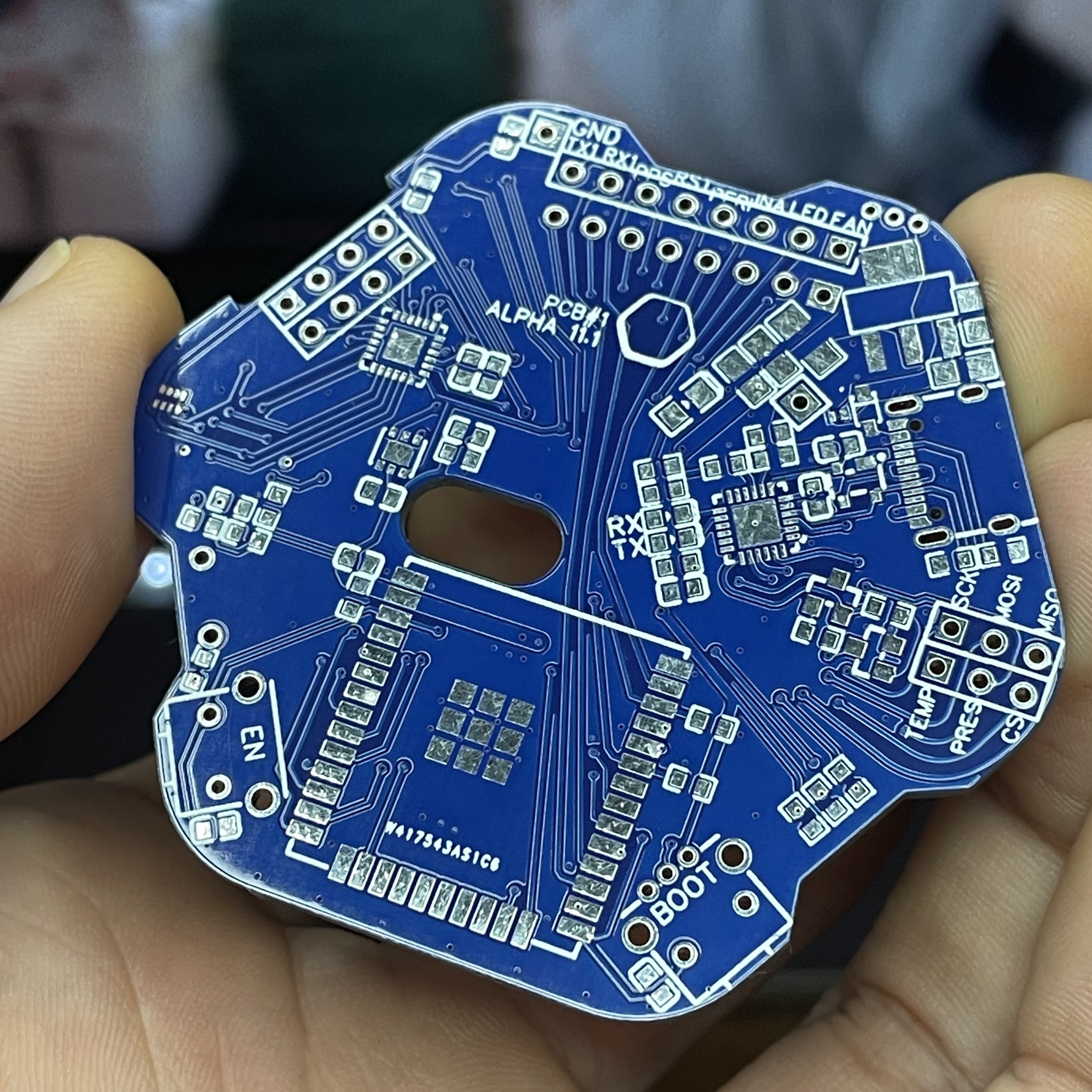
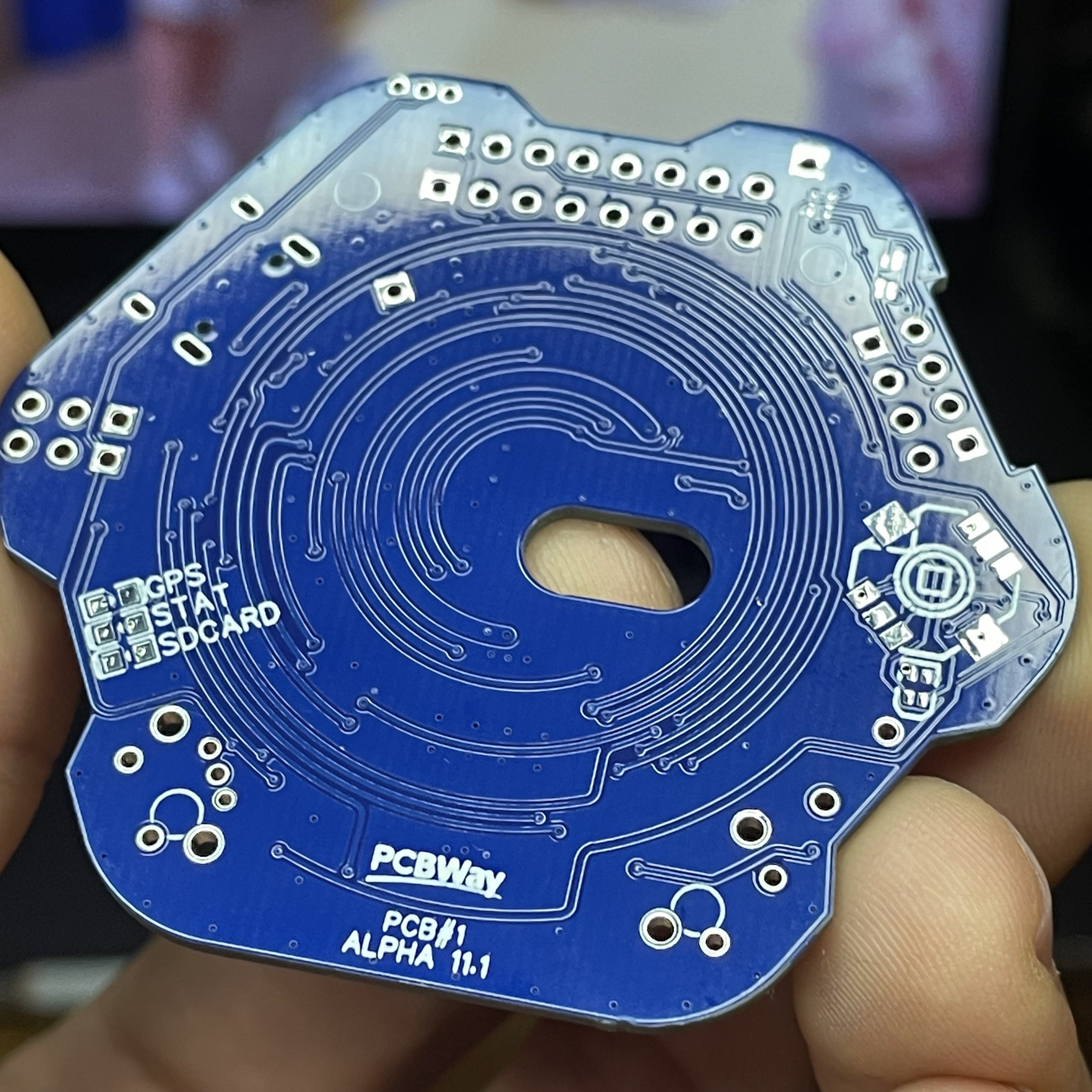
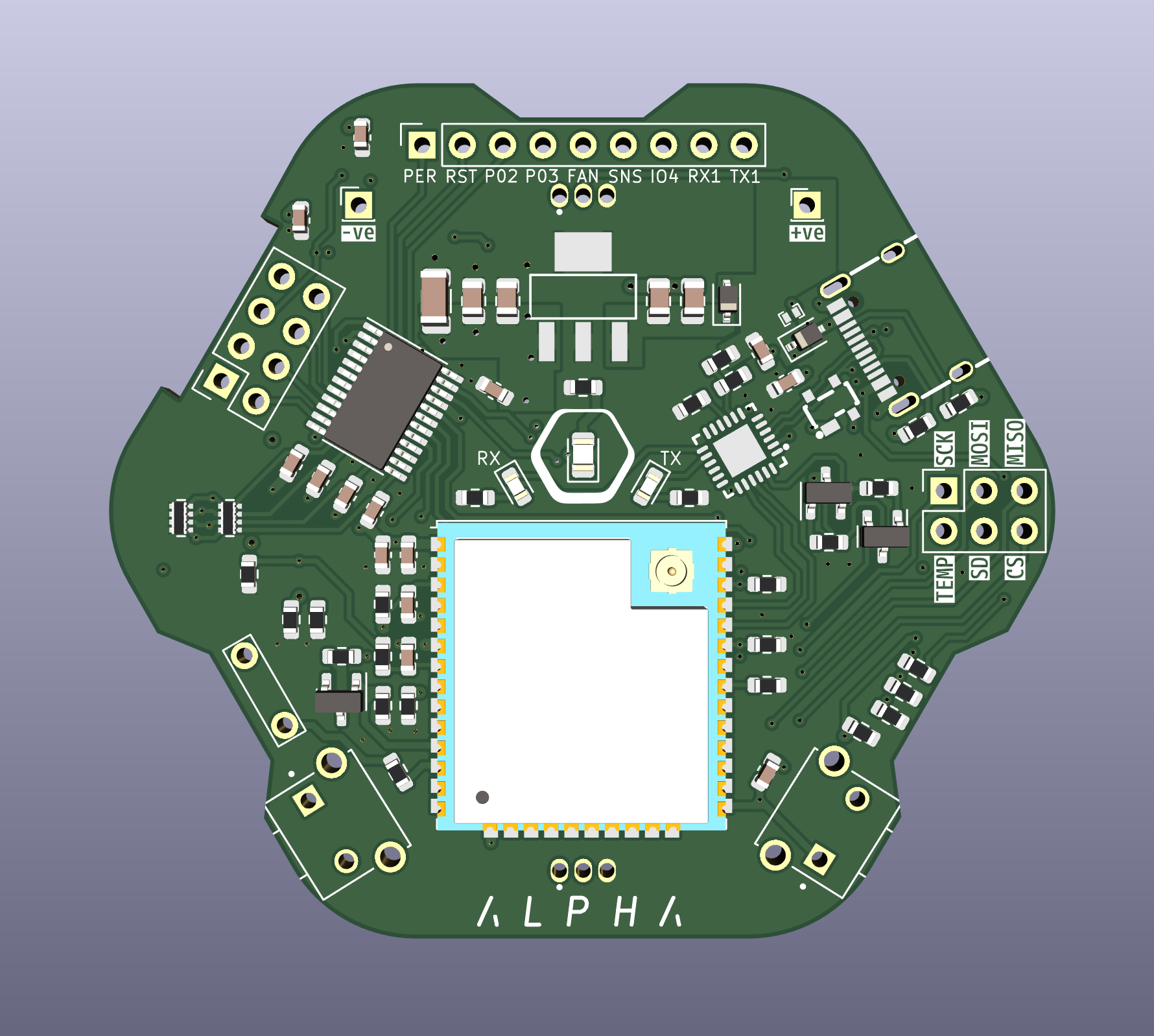
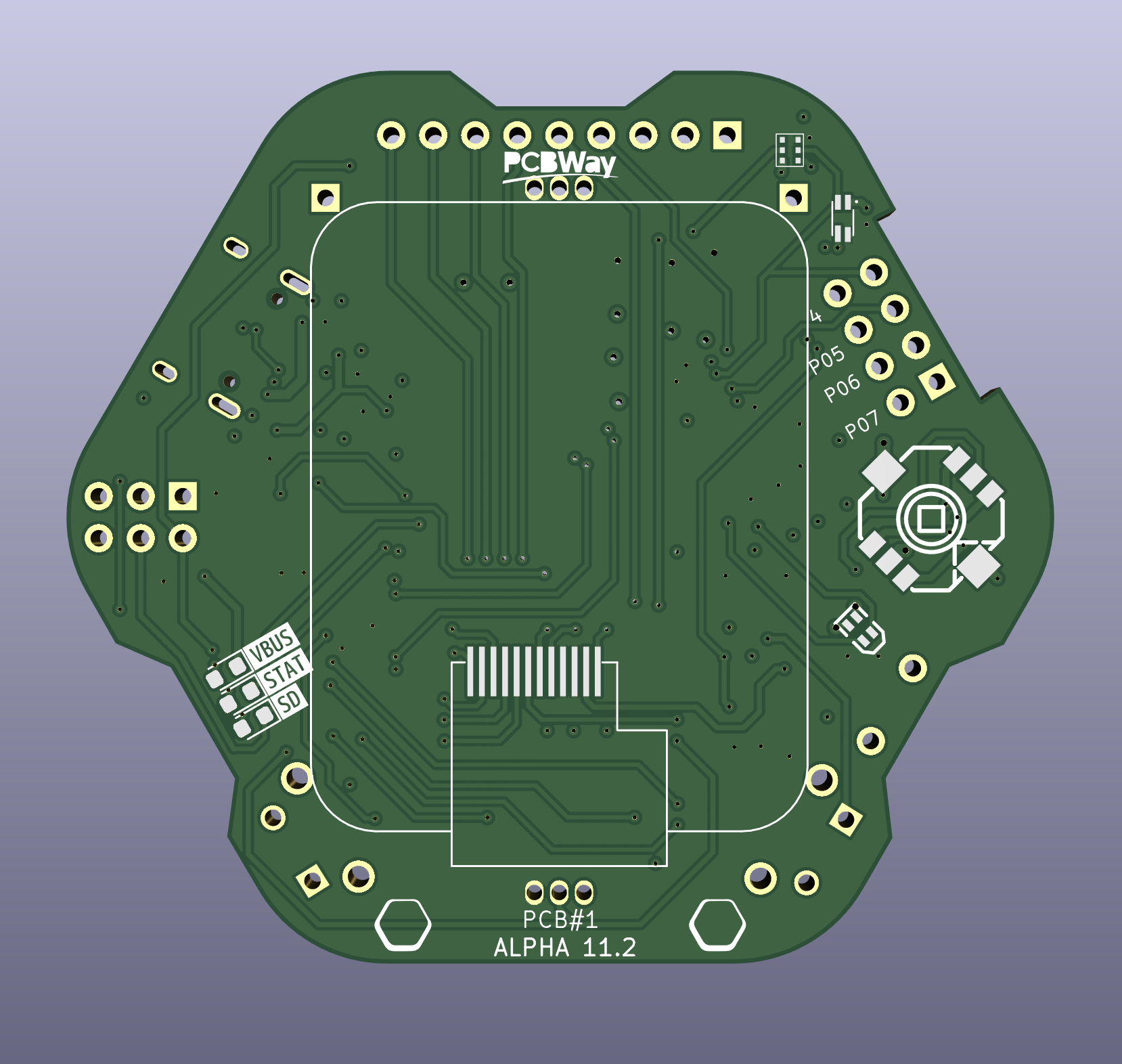
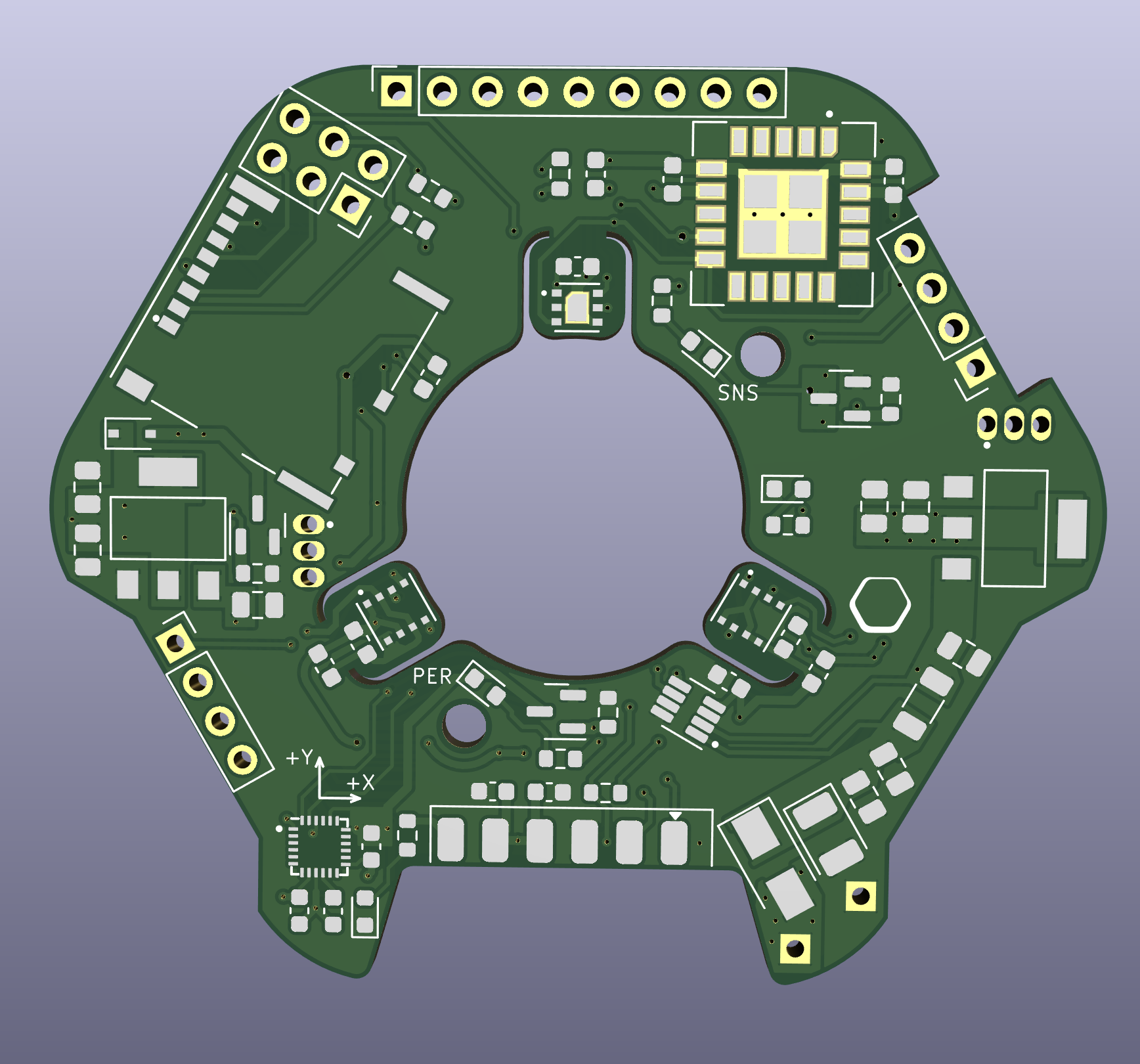
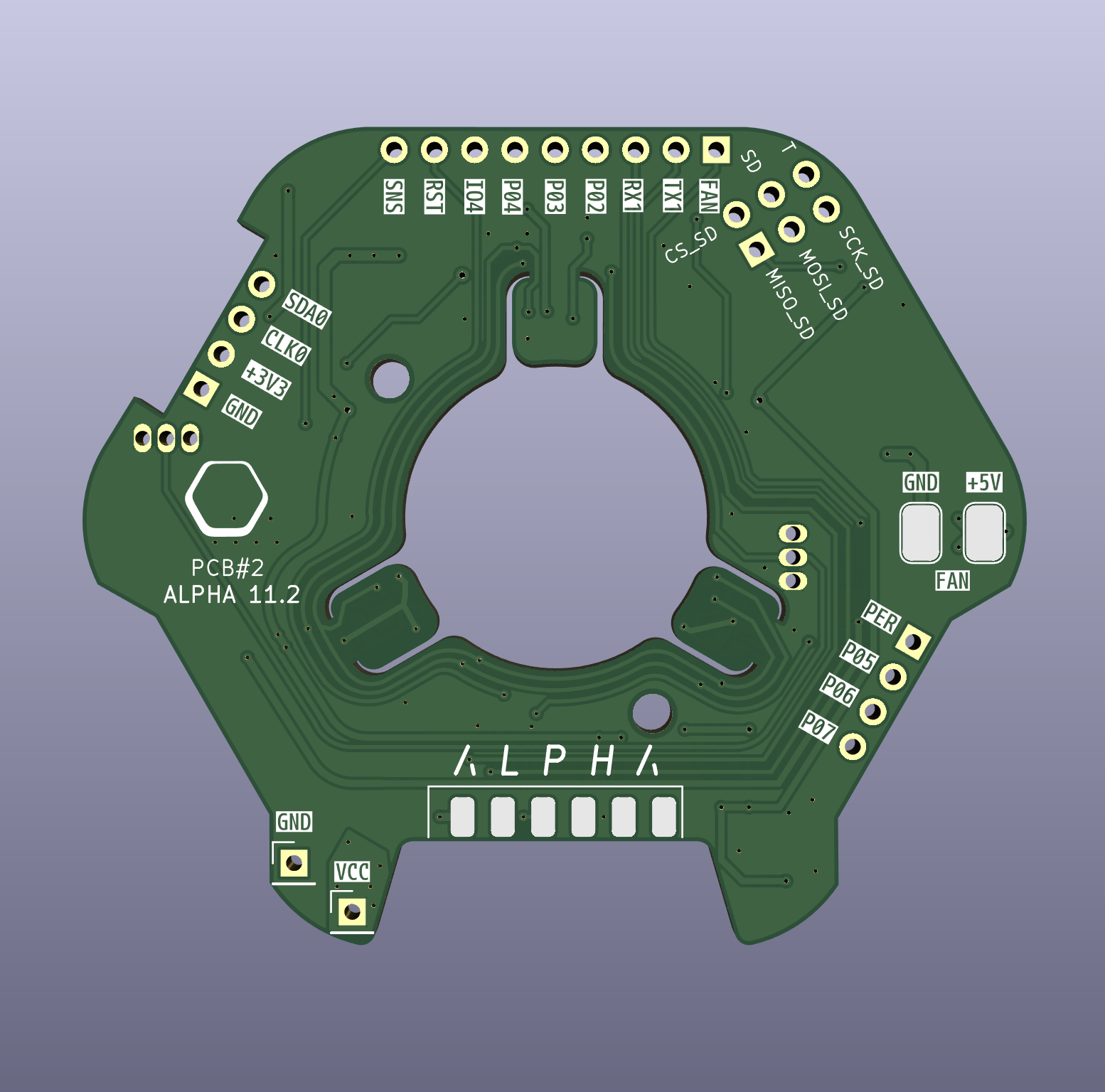
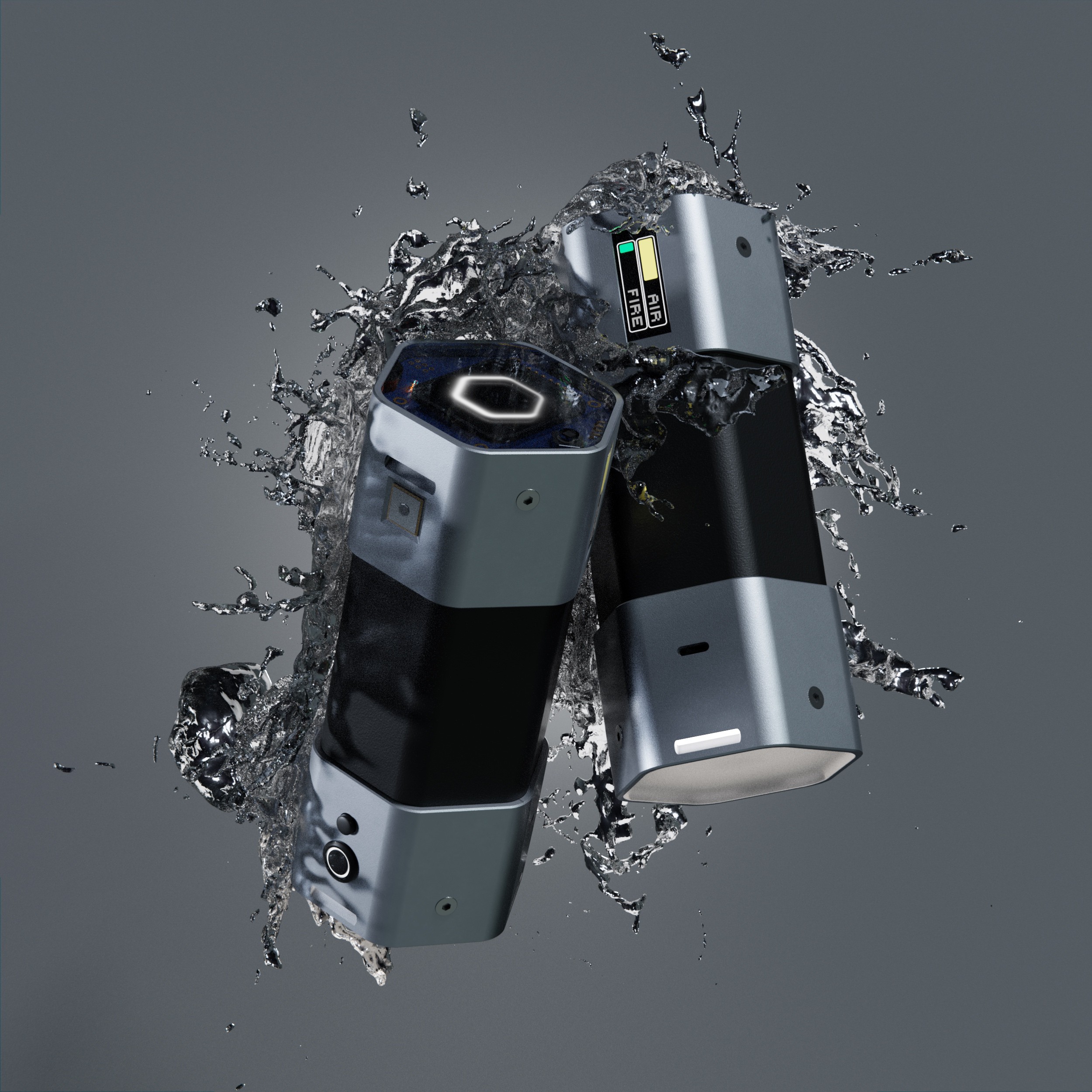
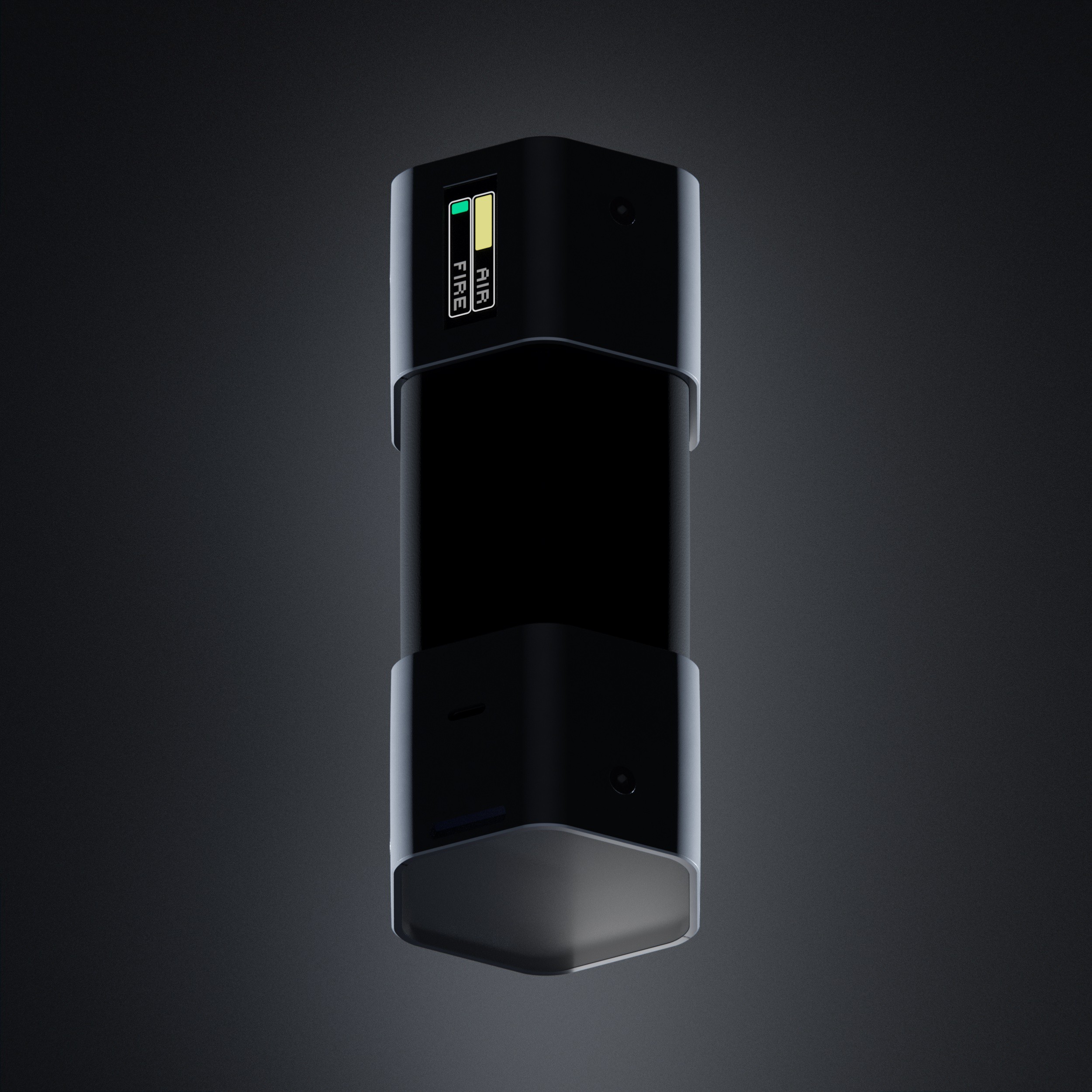
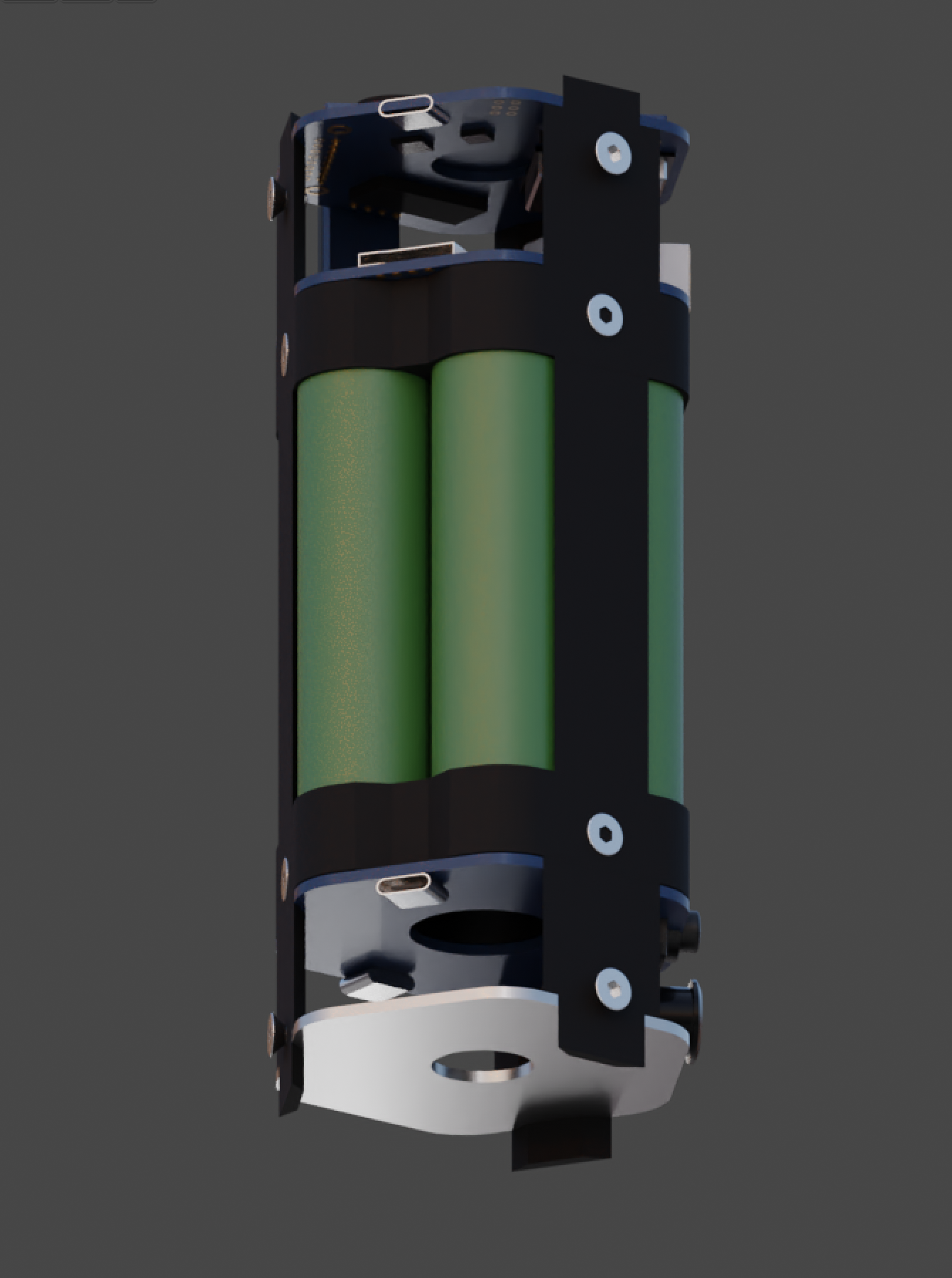
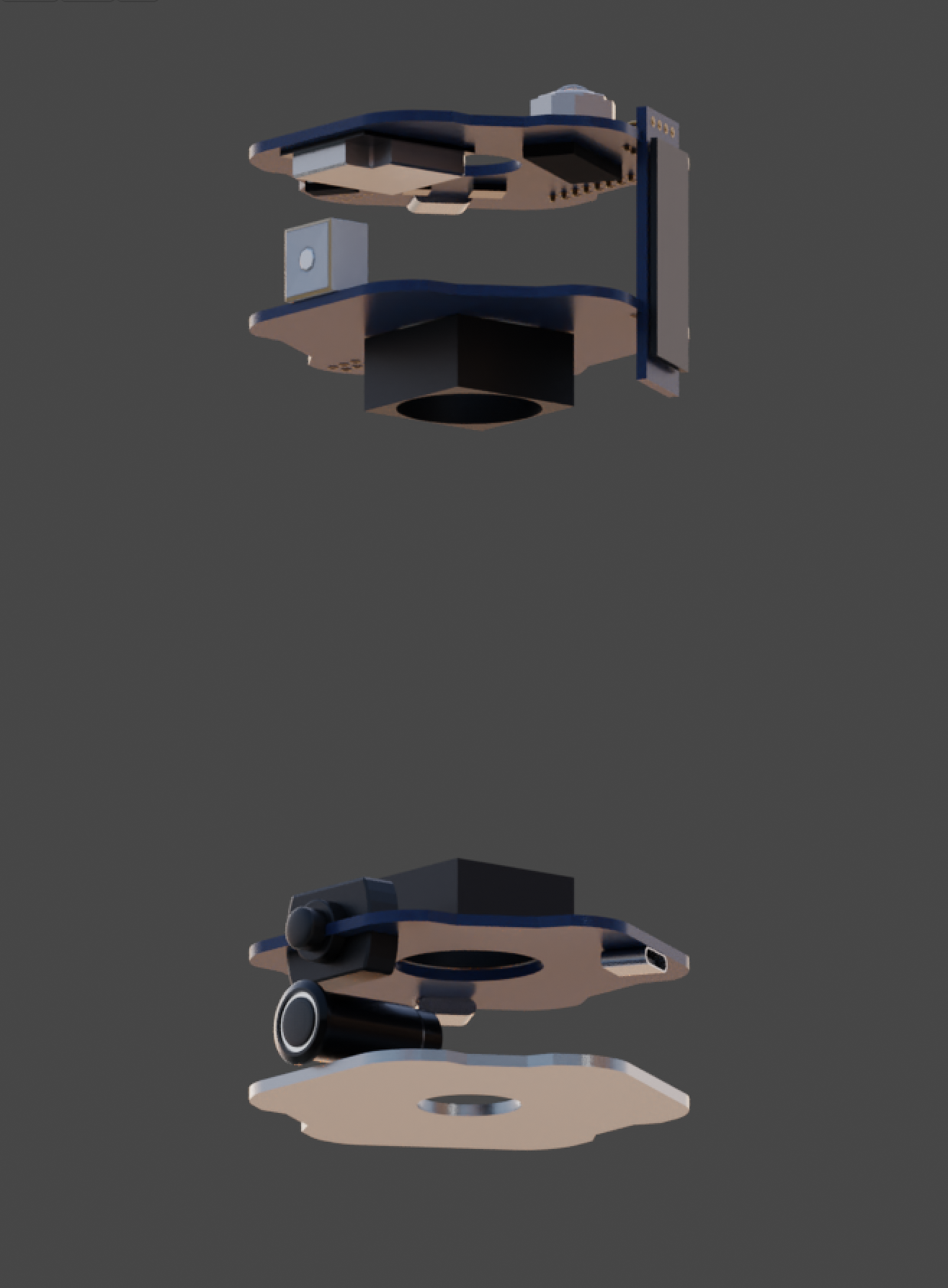
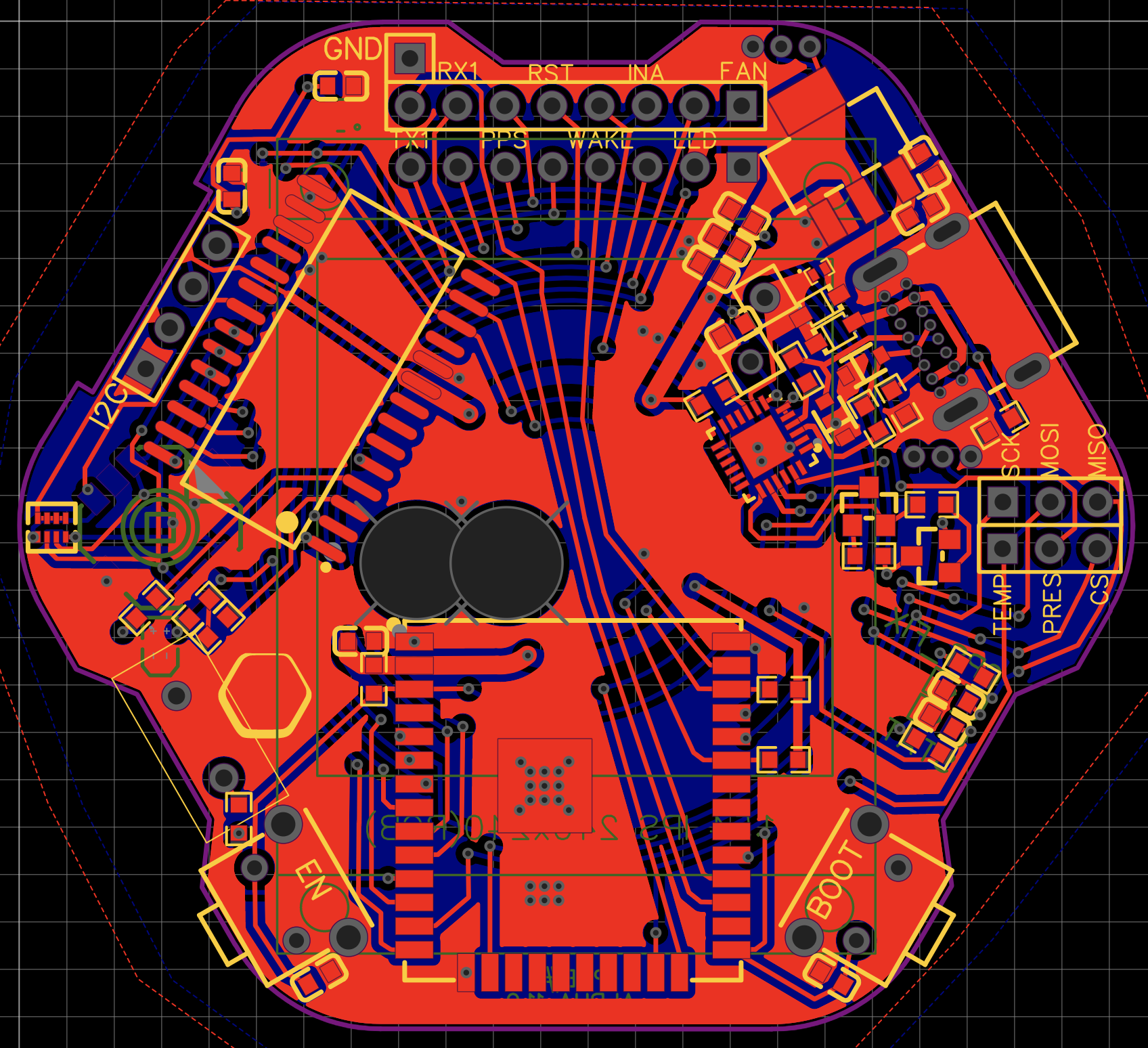
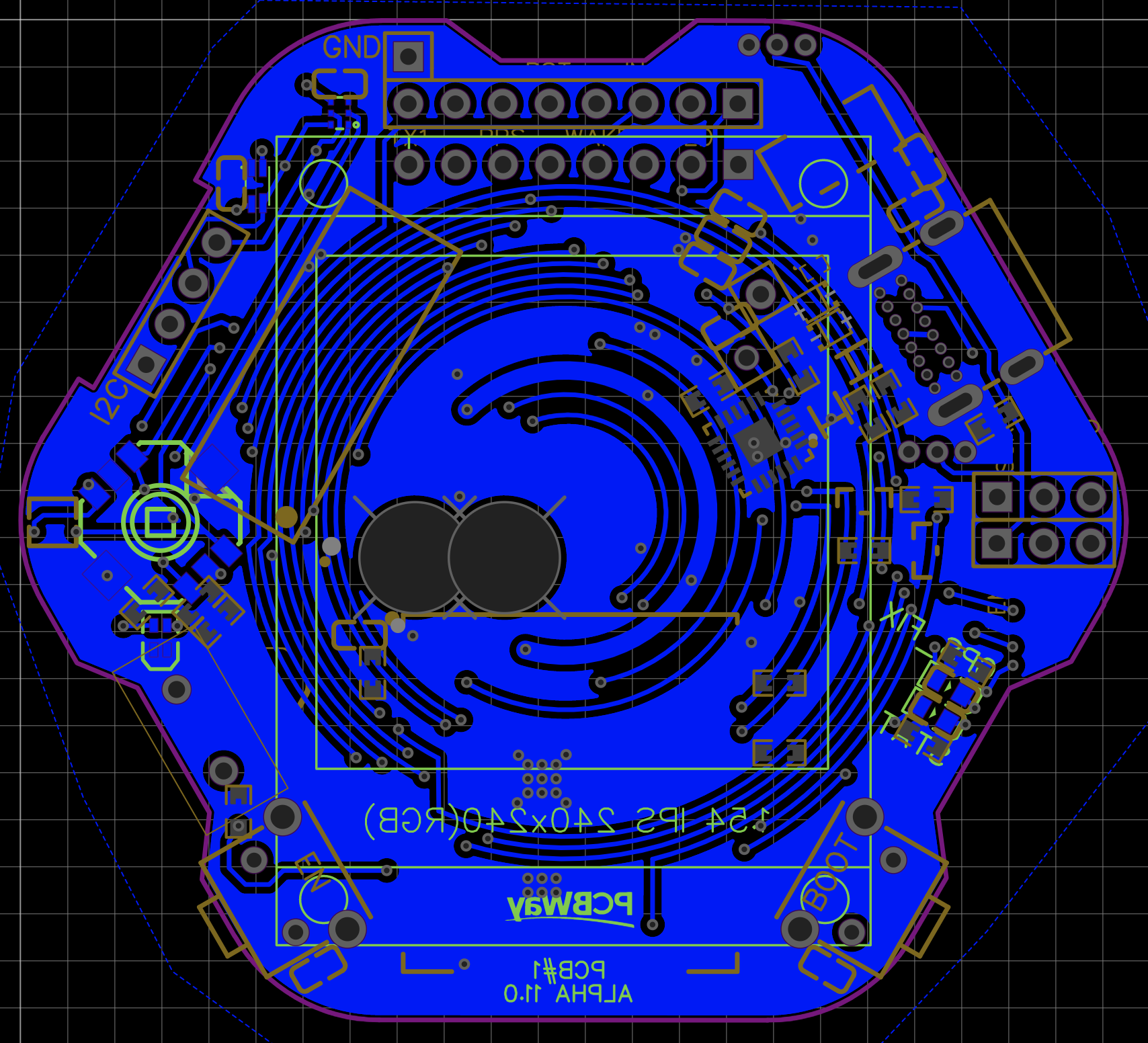
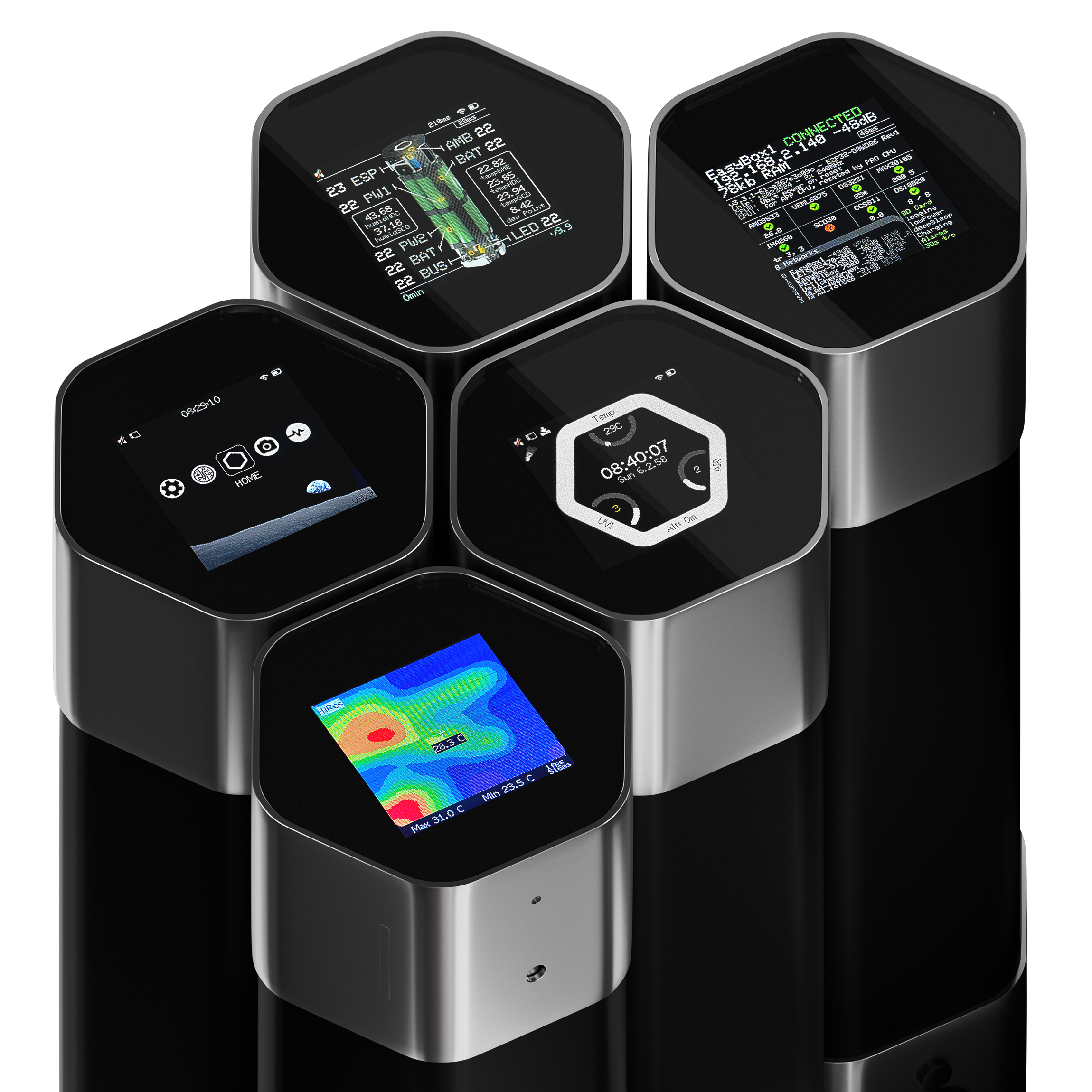 These are actual screenshots of the display (or photos rather, haven't figured out the eSPI screenshot readRect() code yet). Some pages are still cluttered and older, and i have yet to implement smooth fonts, but it's at a good state to show and explain.
These are actual screenshots of the display (or photos rather, haven't figured out the eSPI screenshot readRect() code yet). Some pages are still cluttered and older, and i have yet to implement smooth fonts, but it's at a good state to show and explain.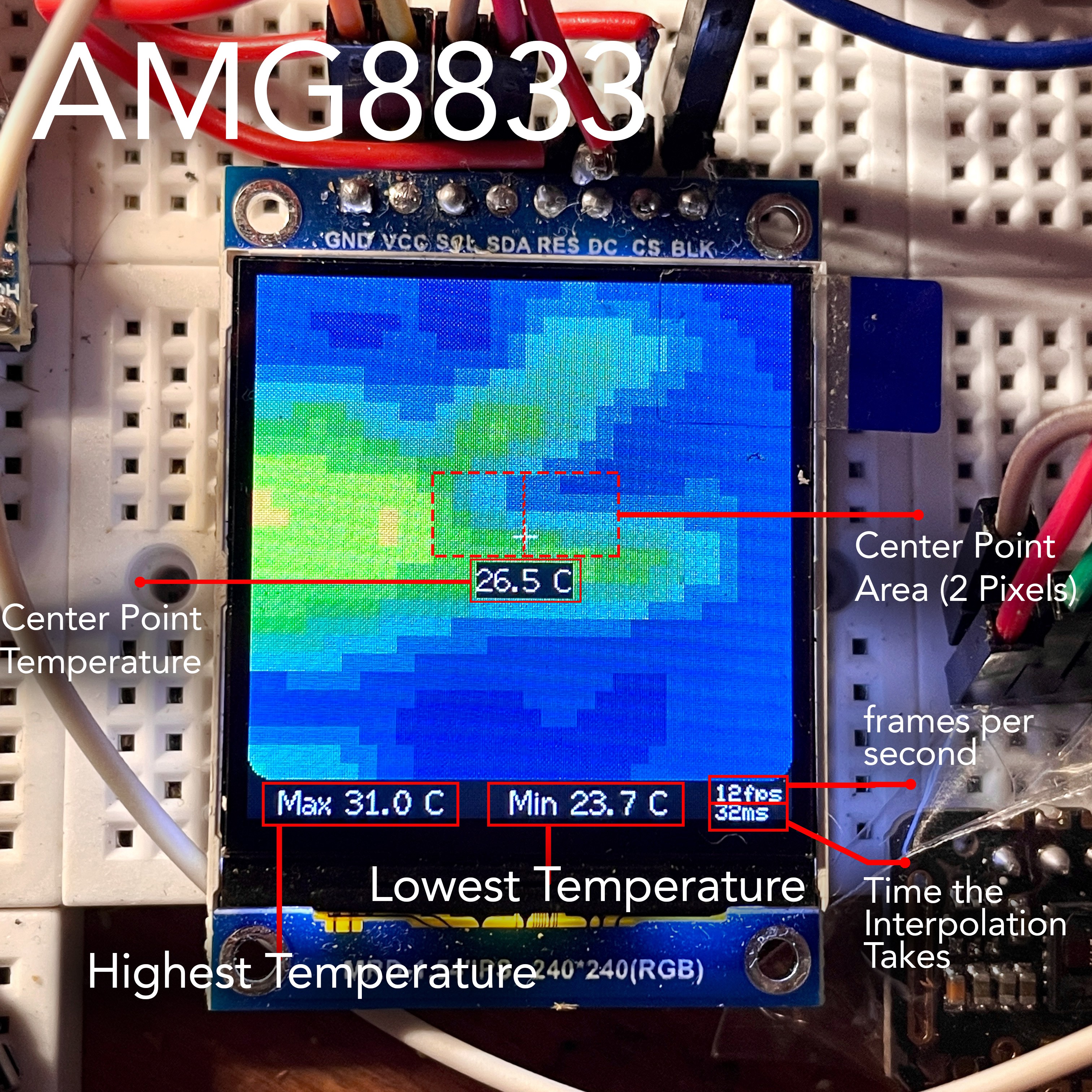
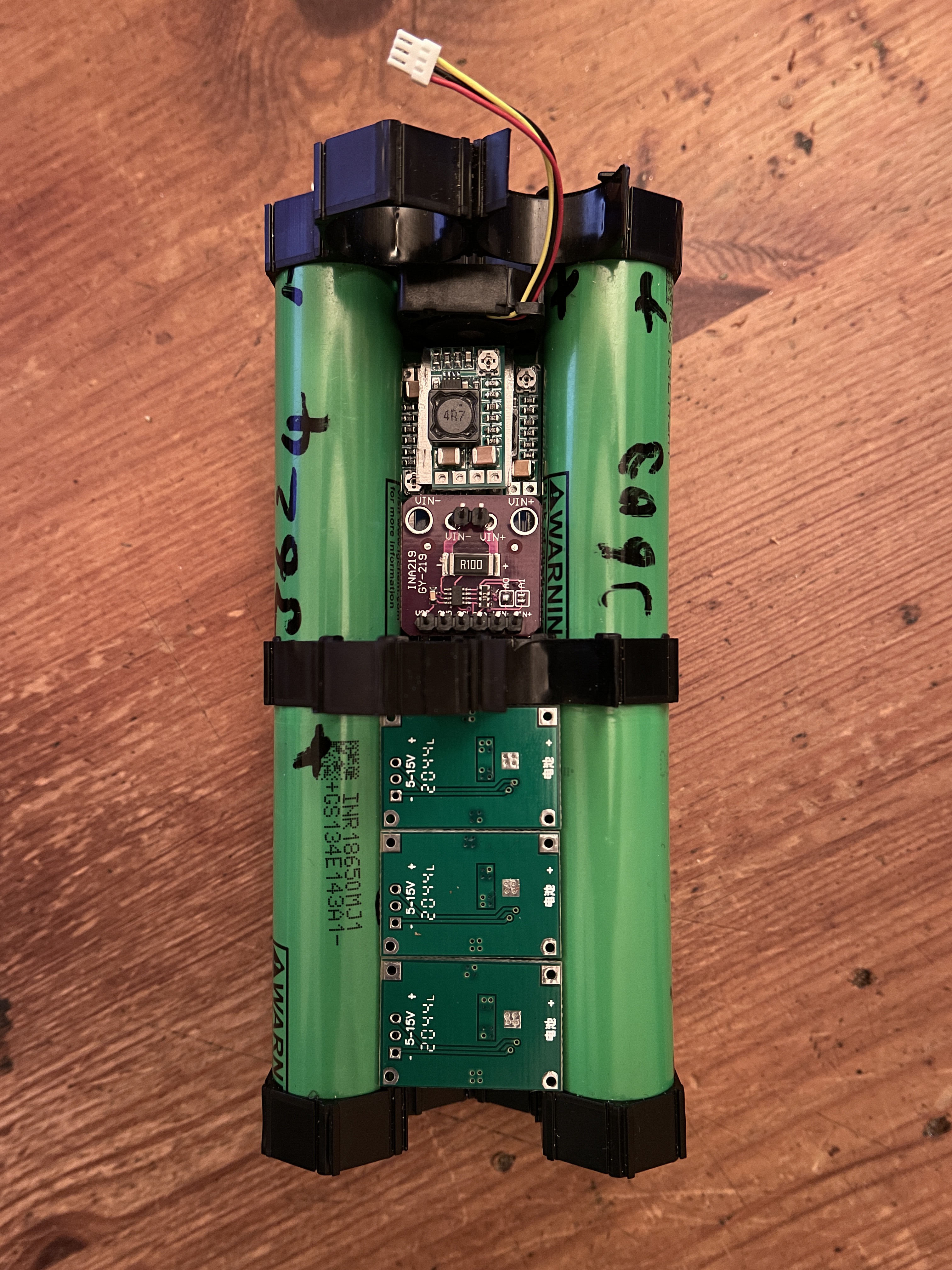
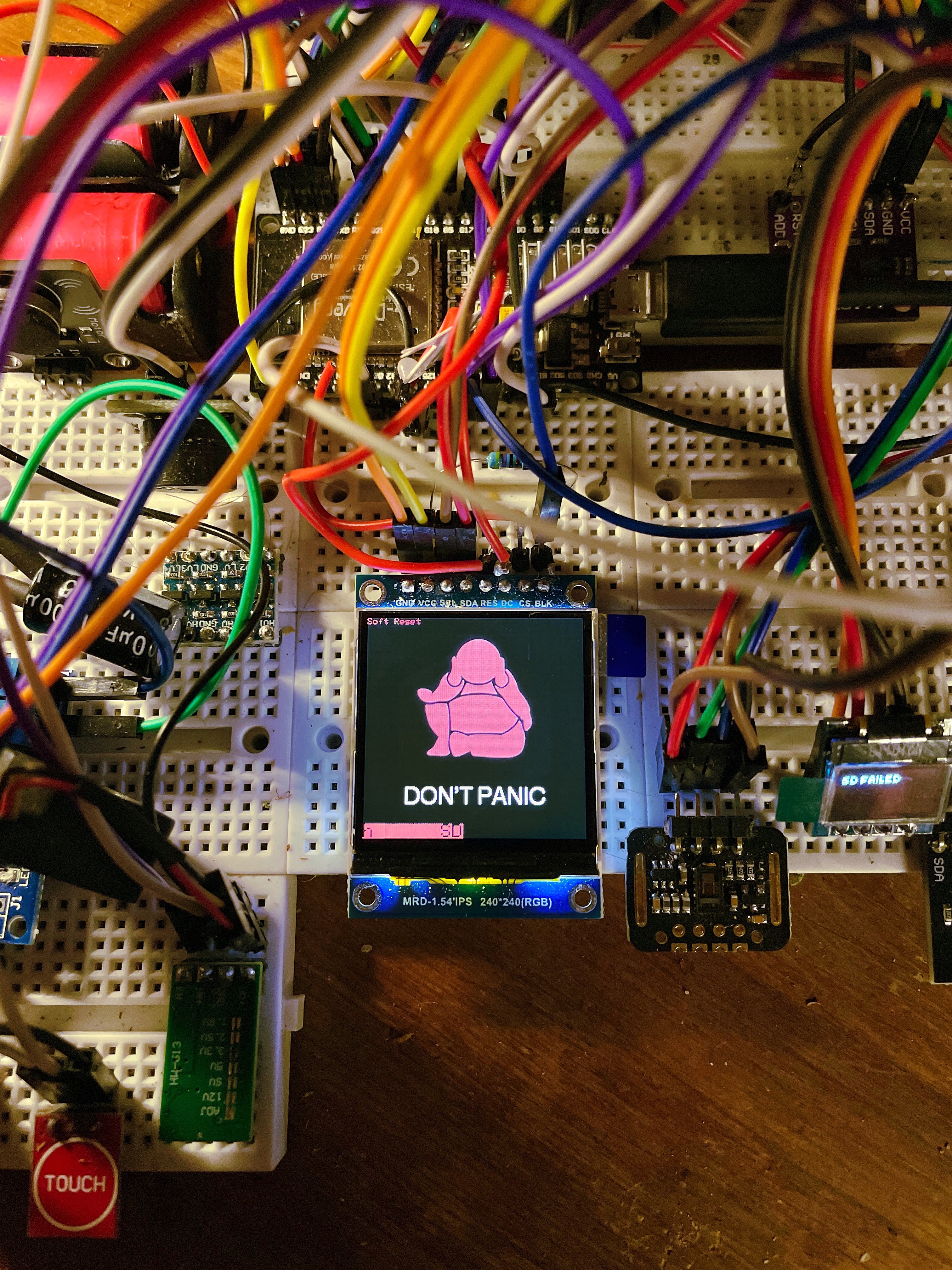
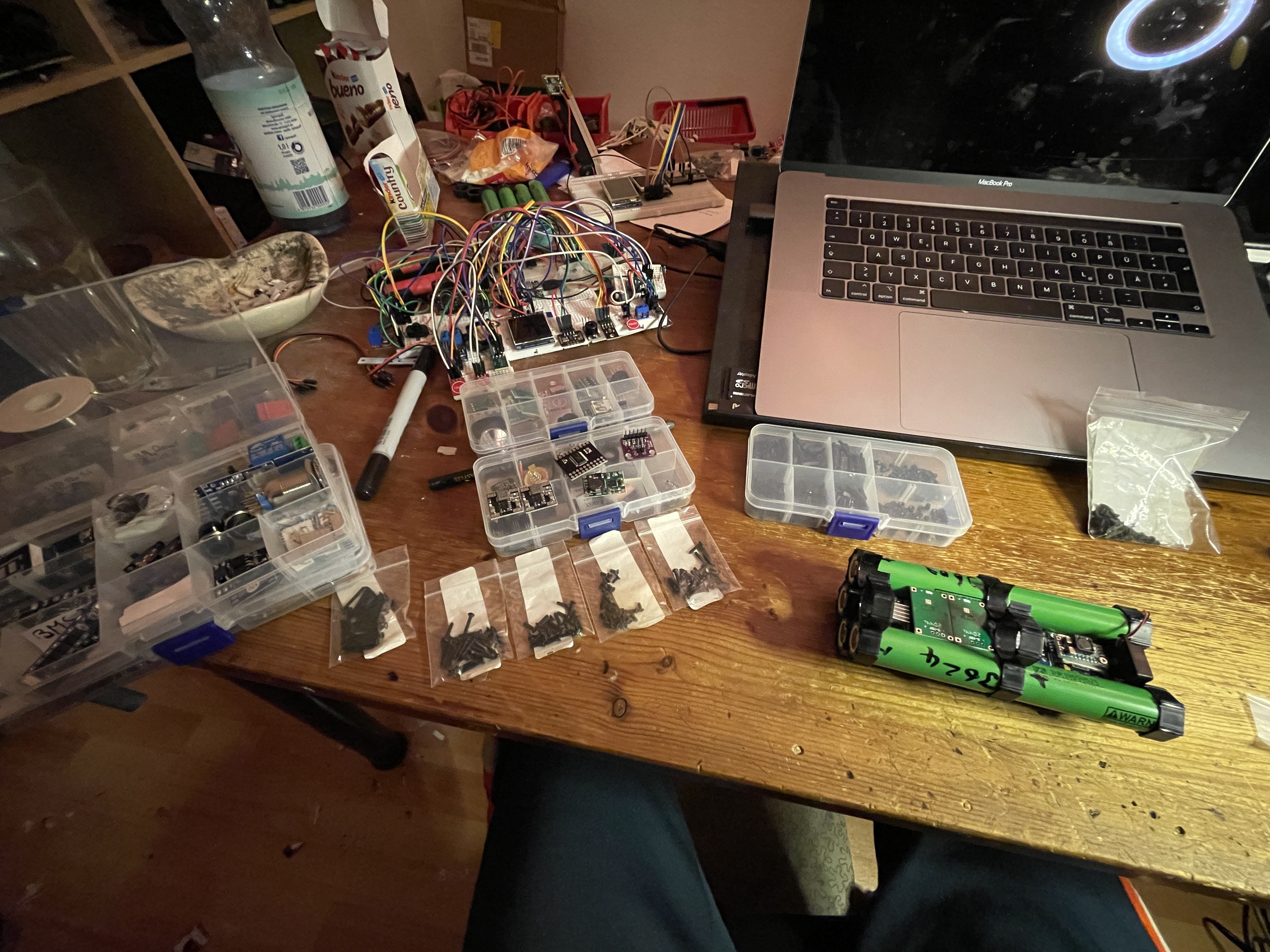
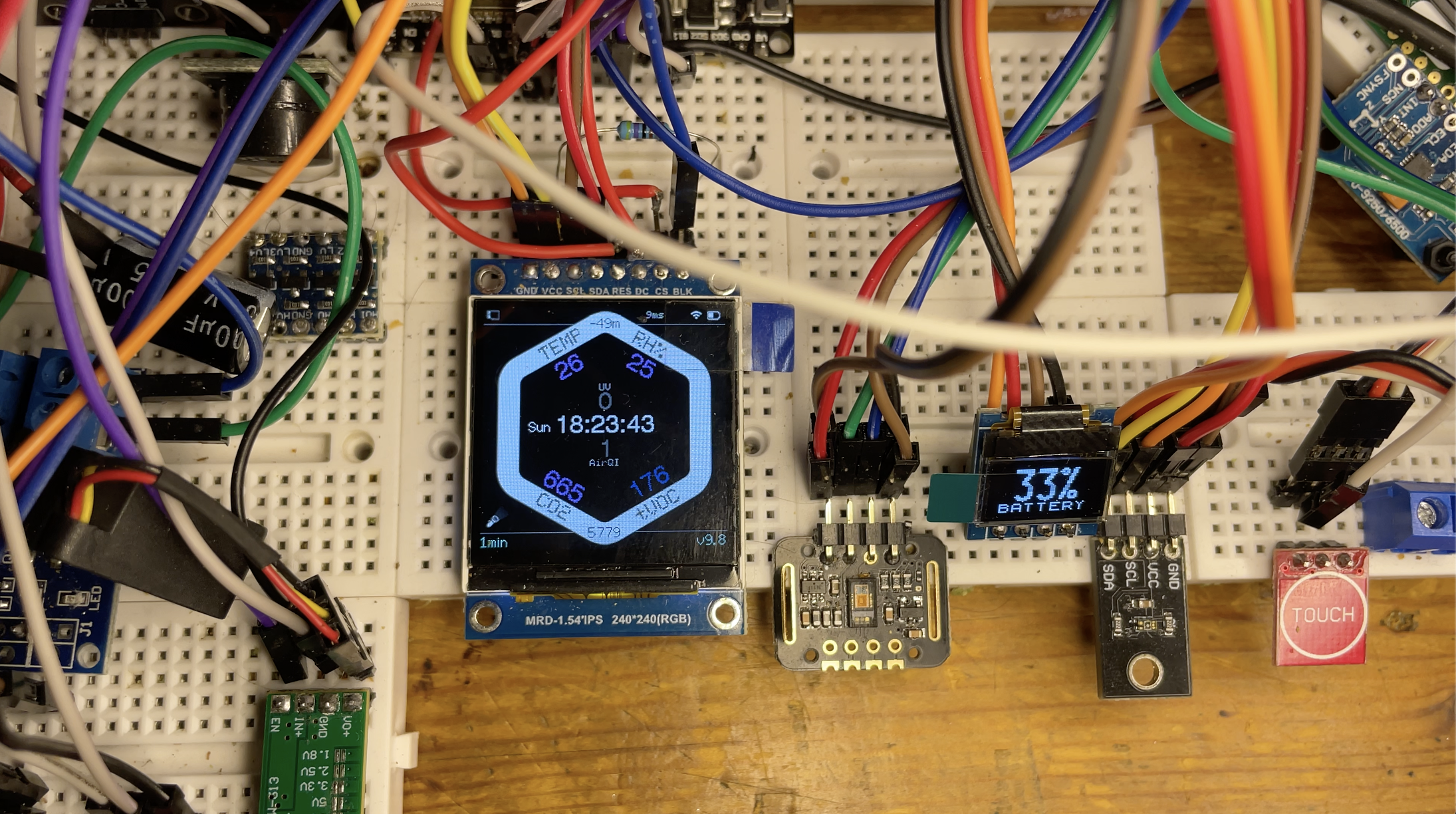



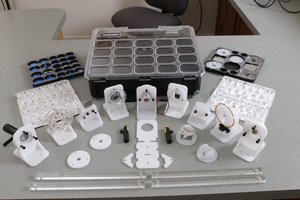
 Peter Walsh
Peter Walsh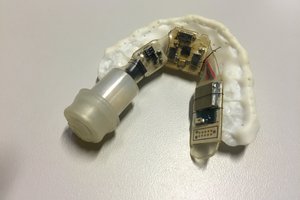
 Dan Levine
Dan Levine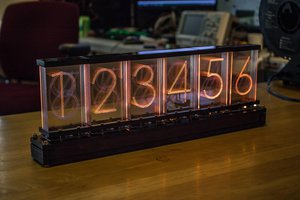
 Lixie Labs
Lixie Labs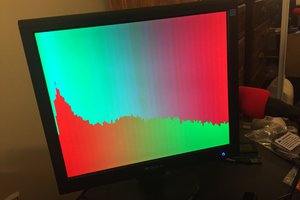
 andrew.powell
andrew.powell
Cool project!
Since it is an apocalypse companion, I would also suggest a geiger counter feature for potential nuclear winters.